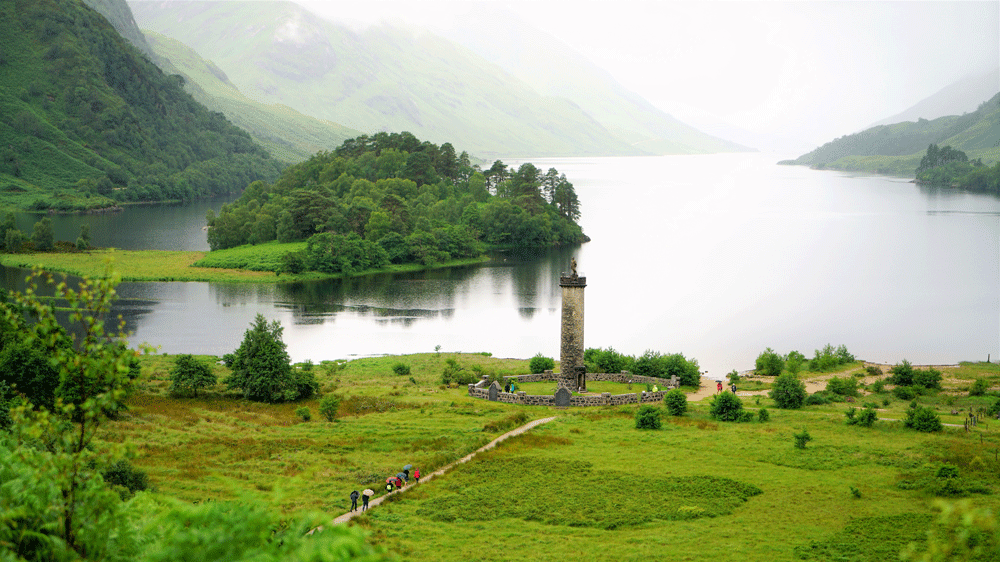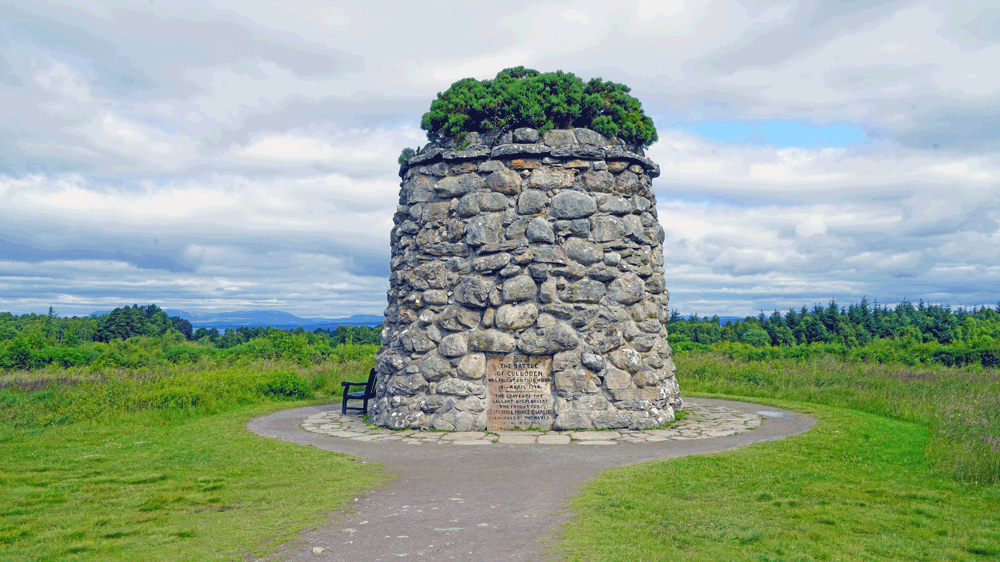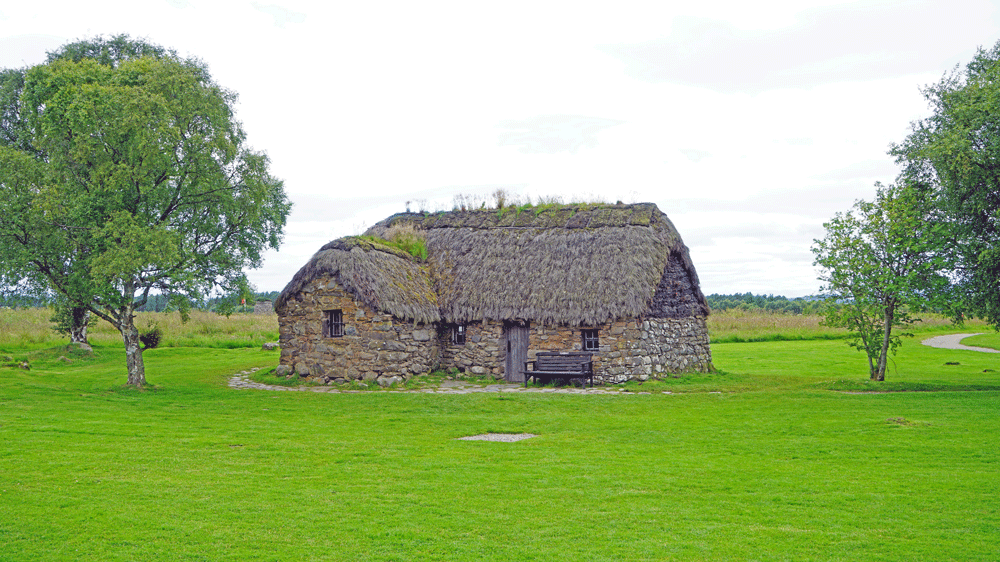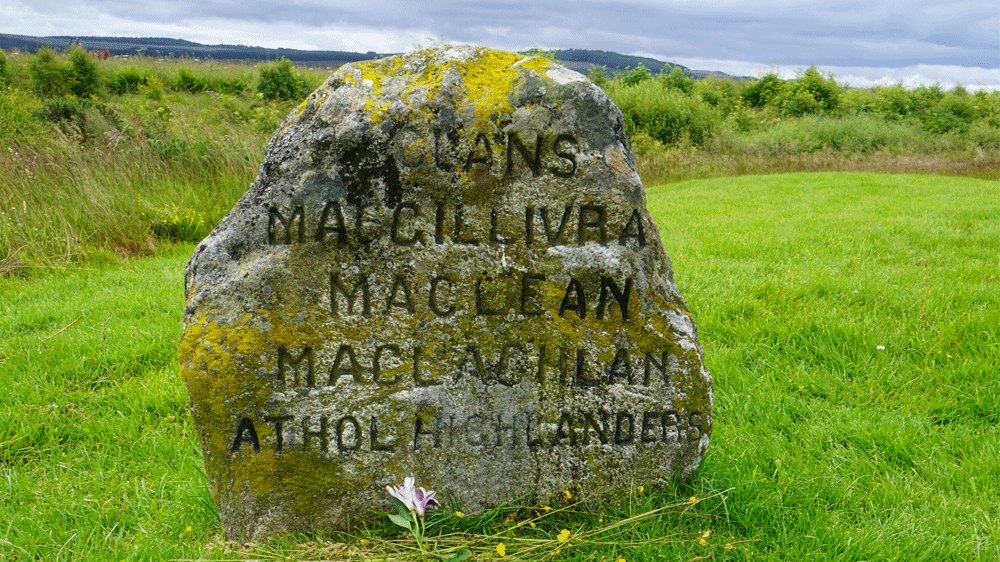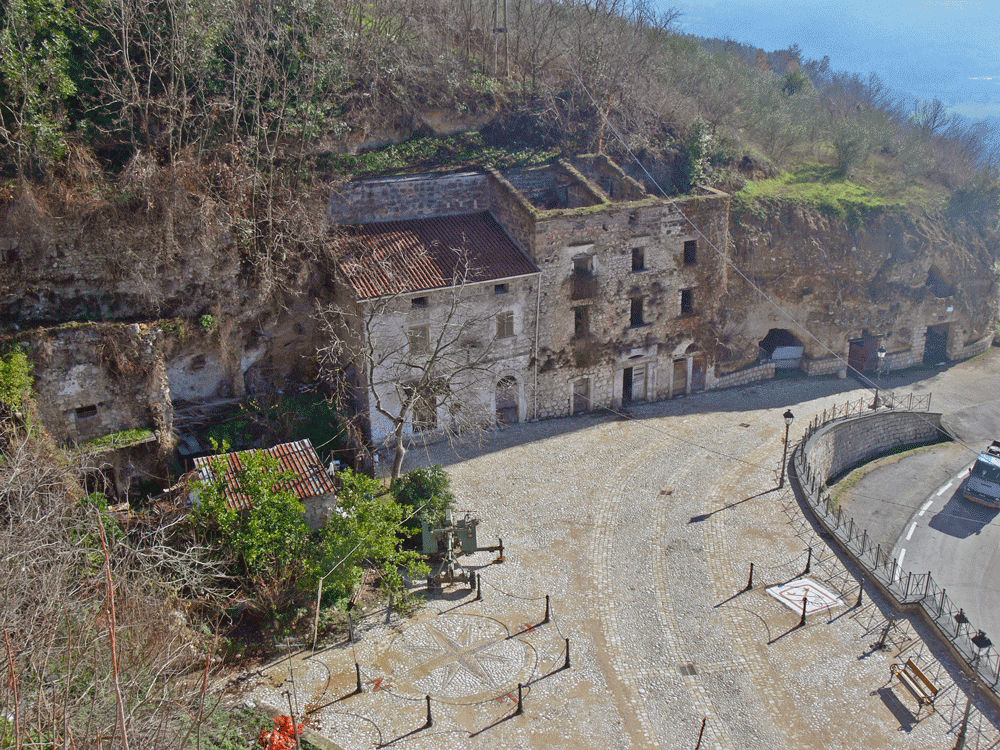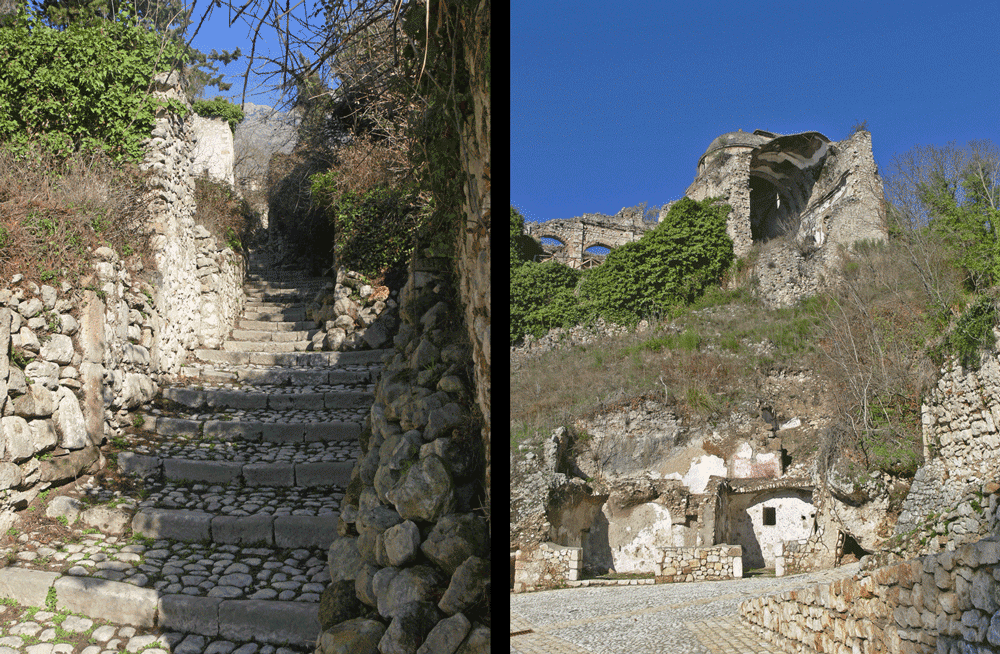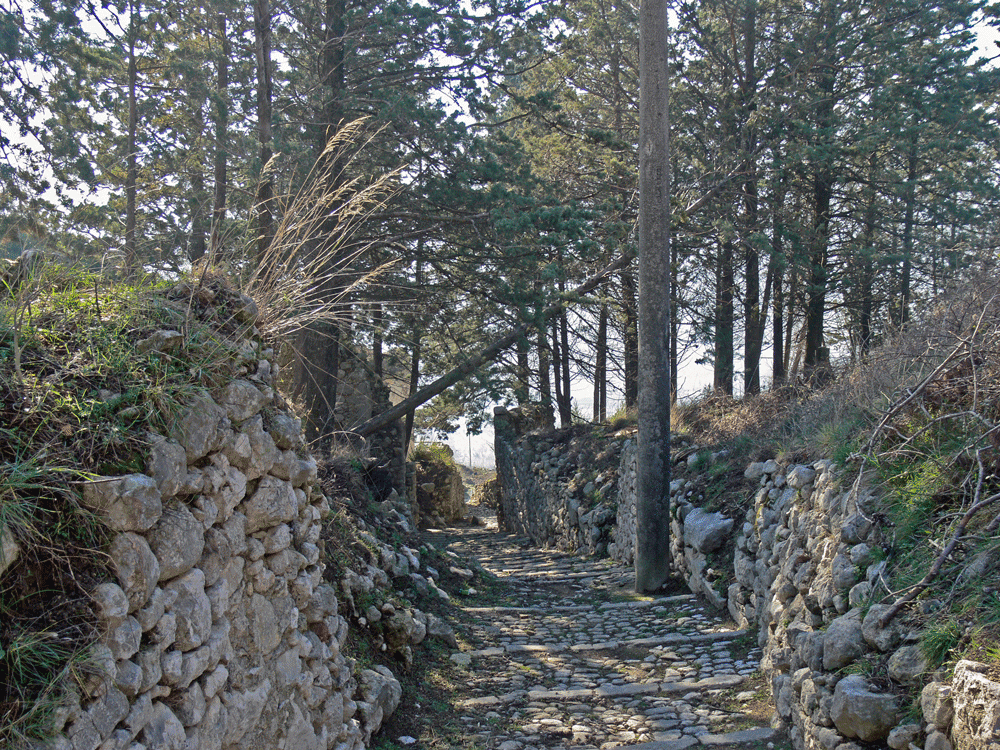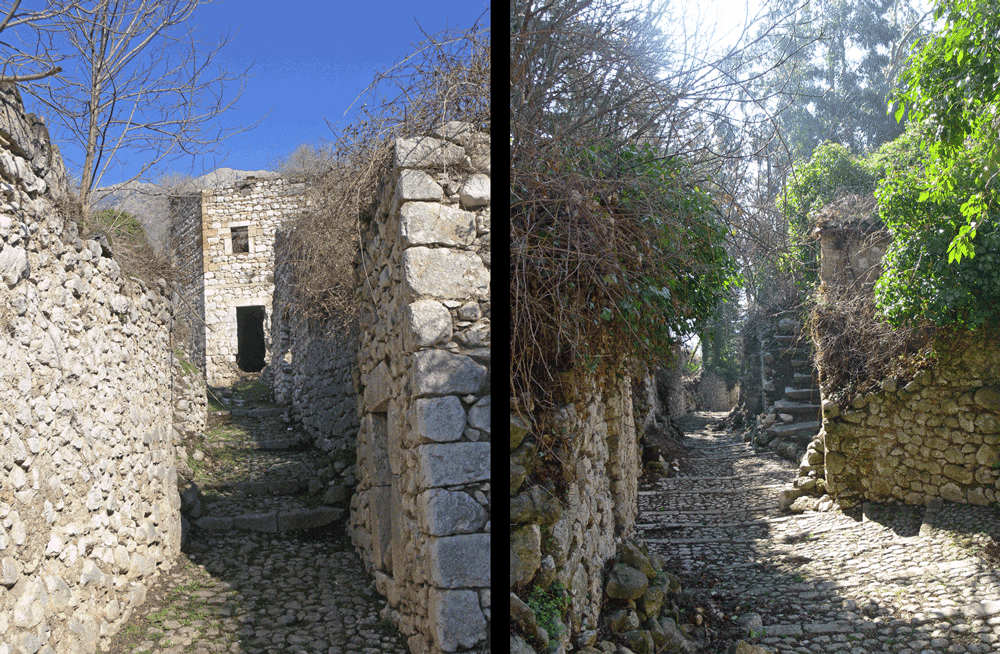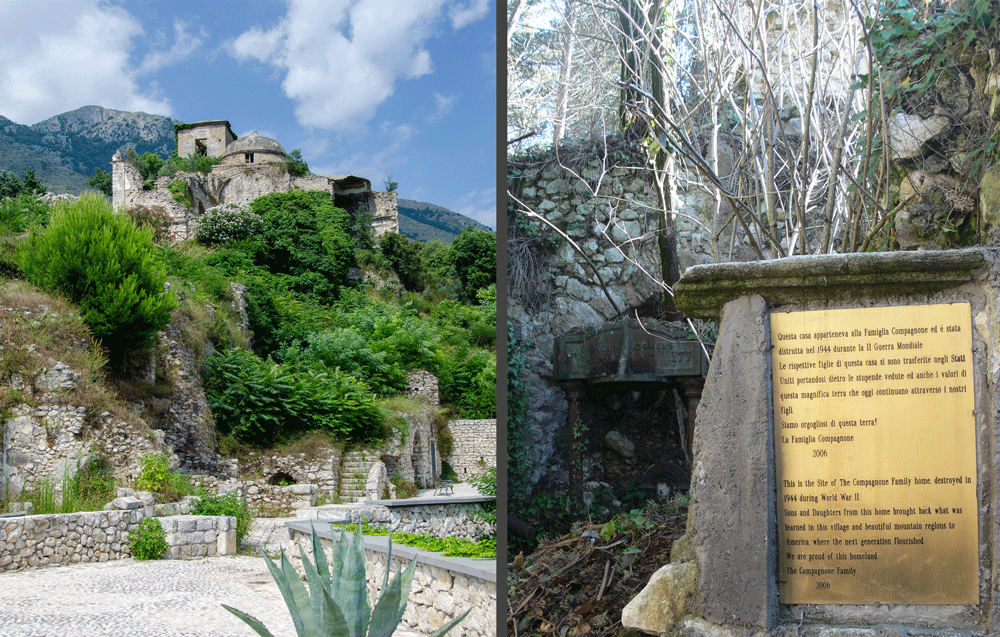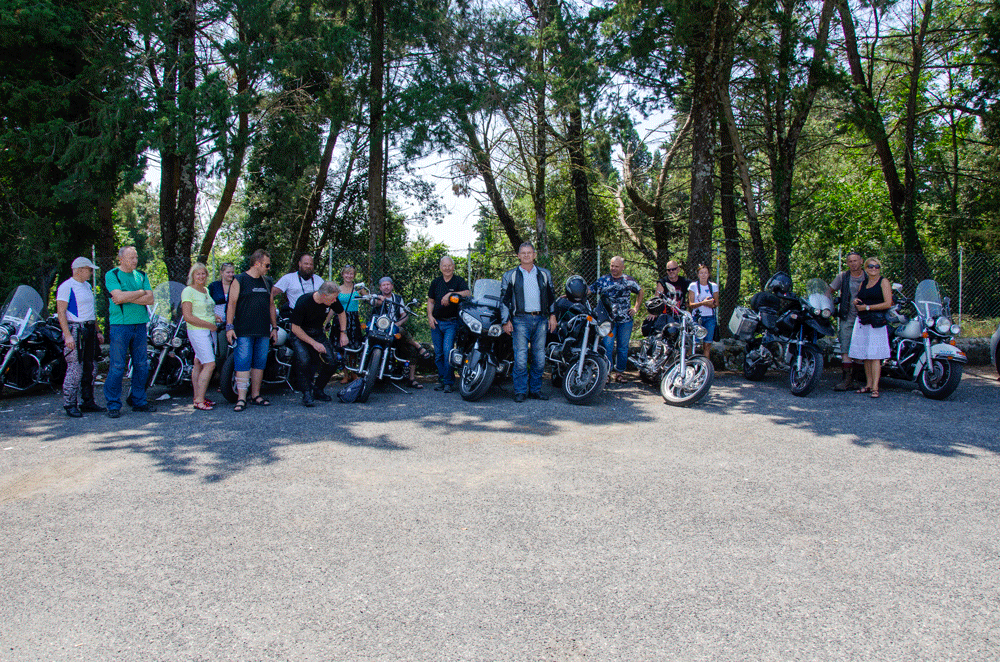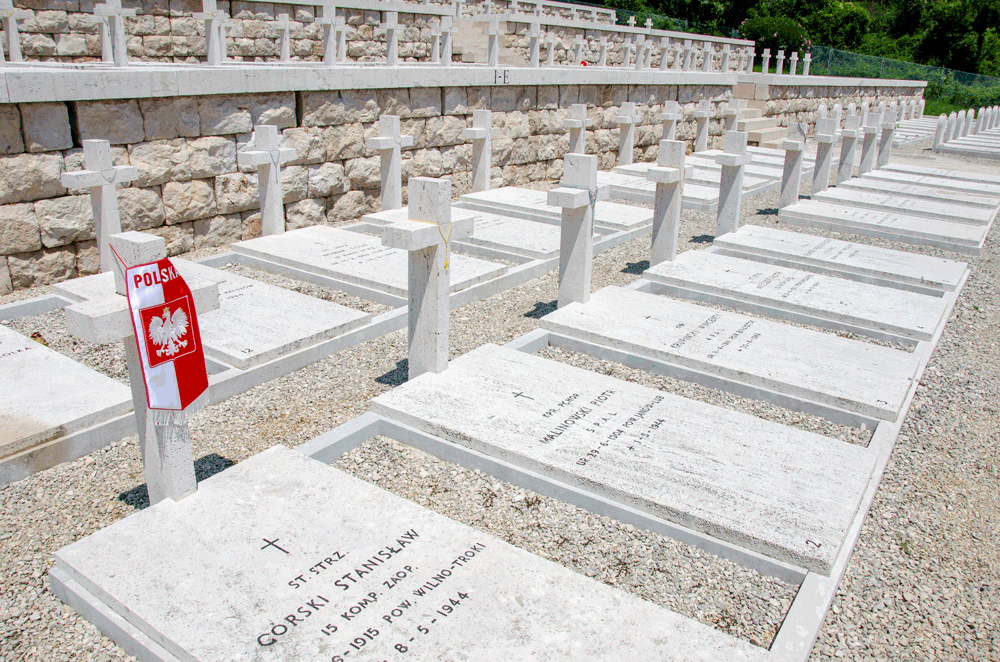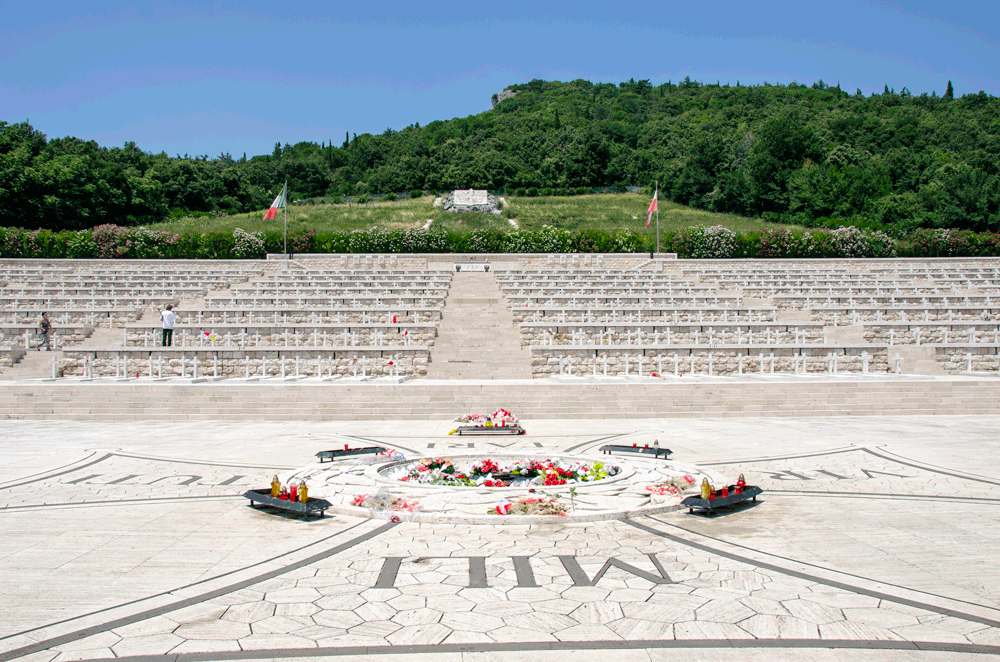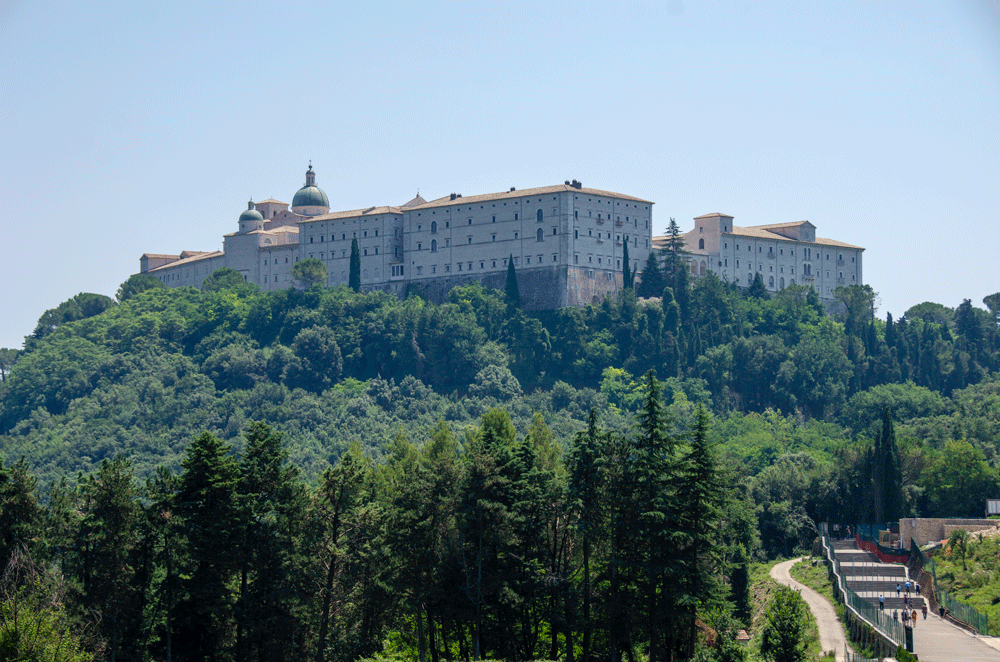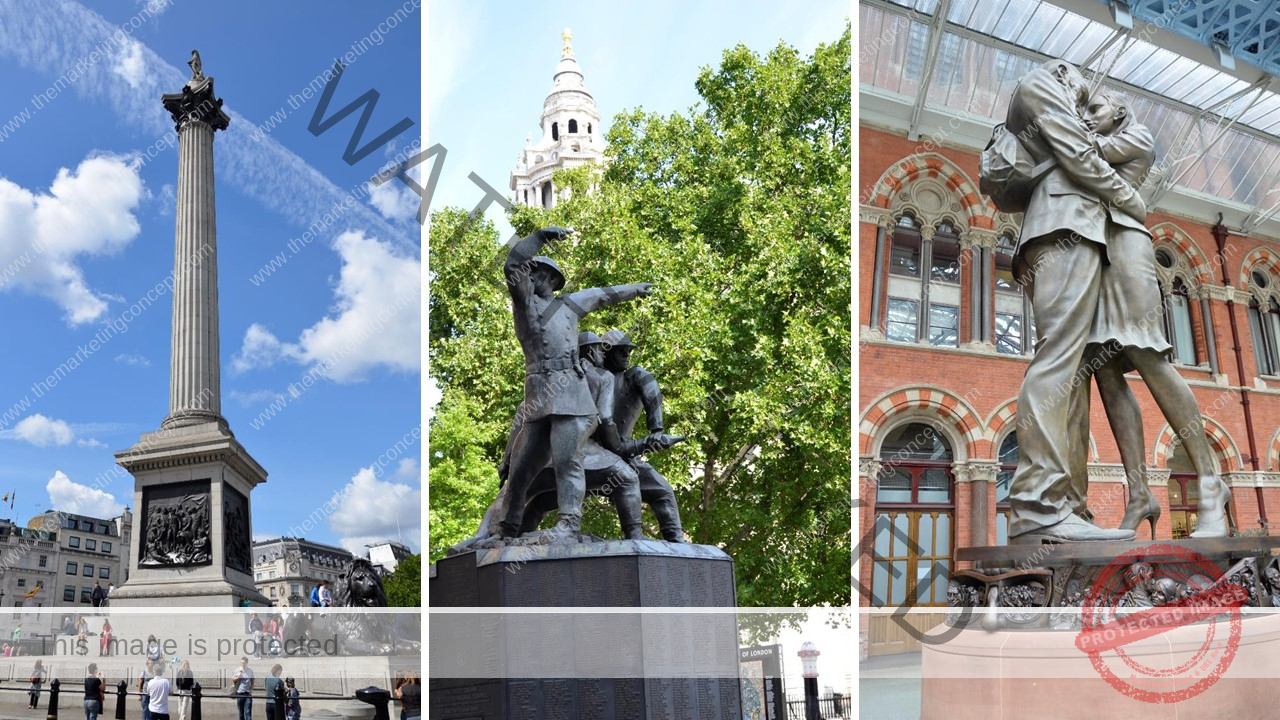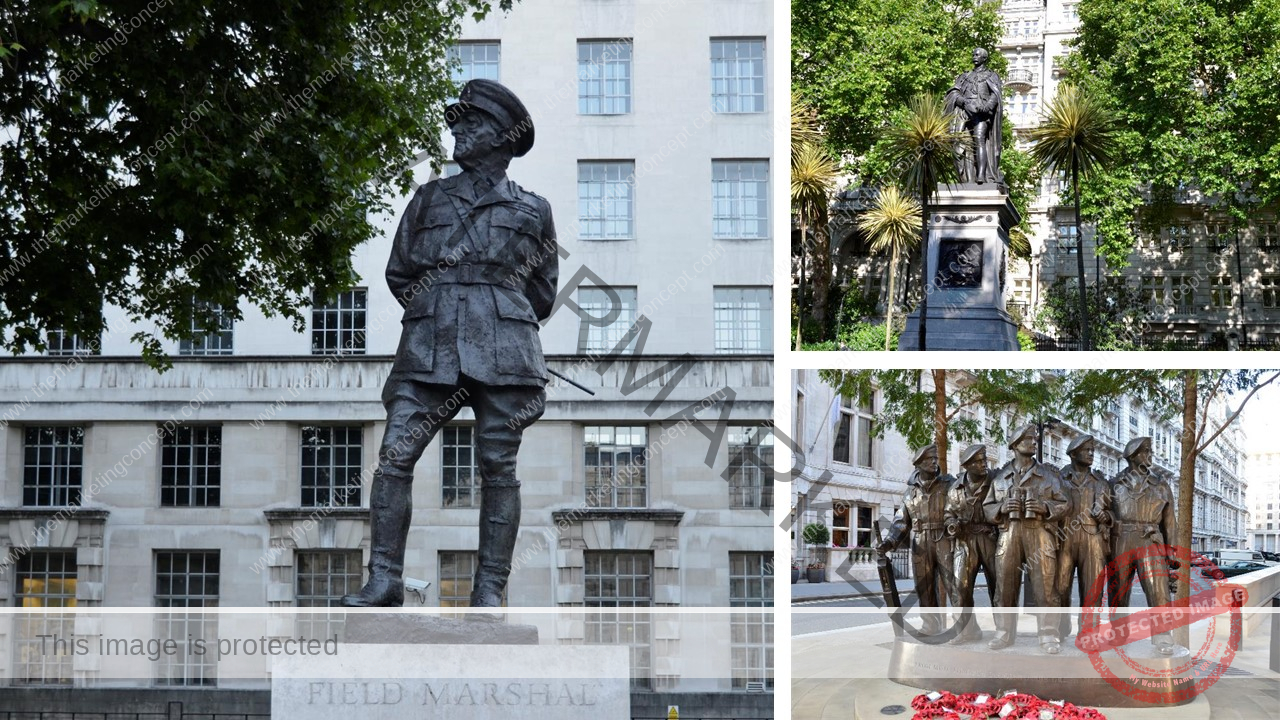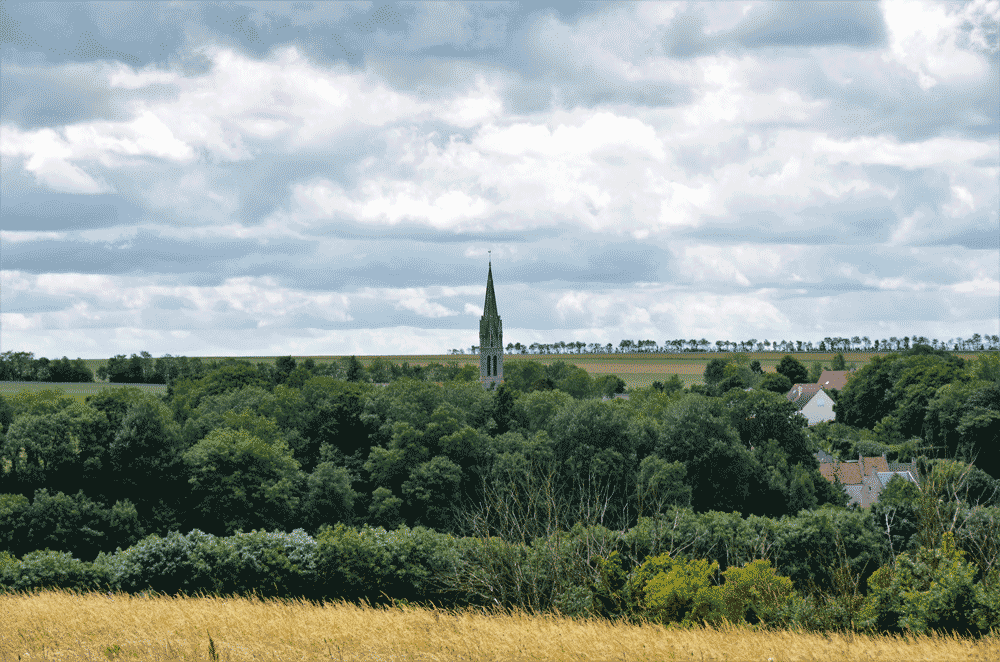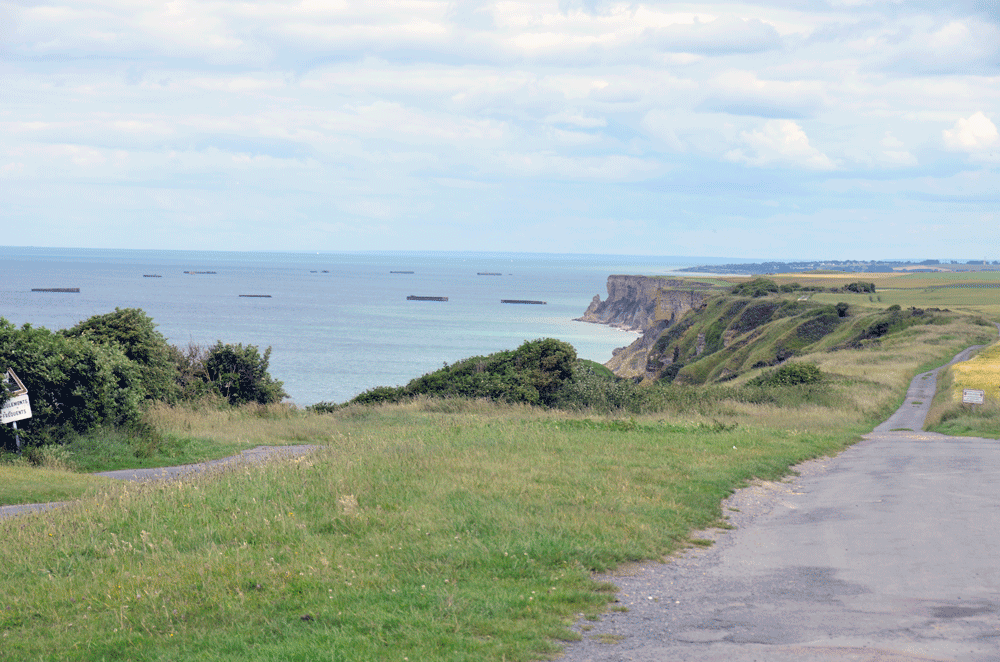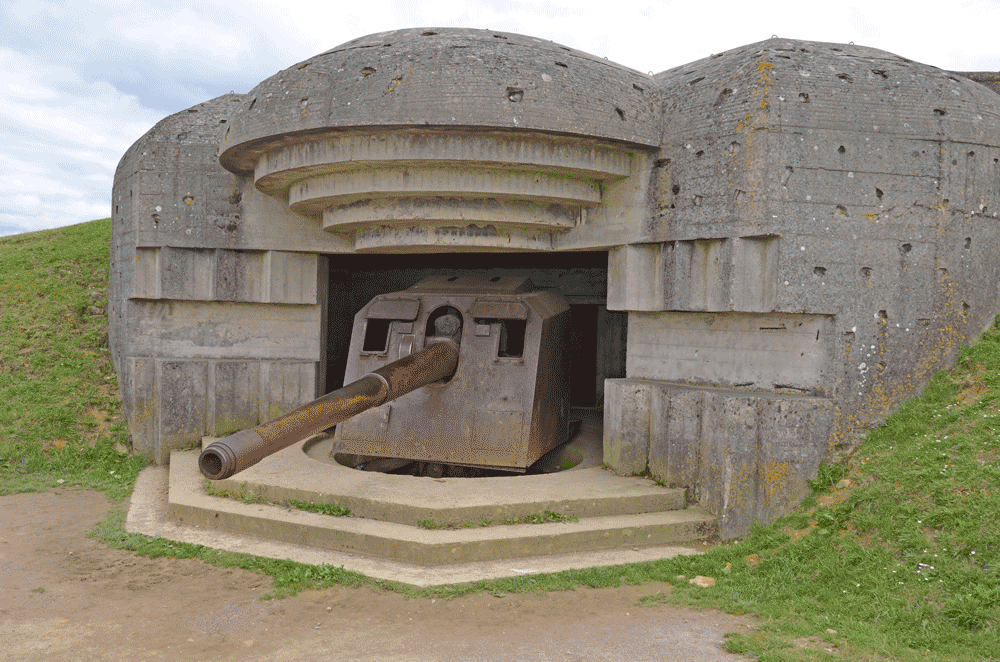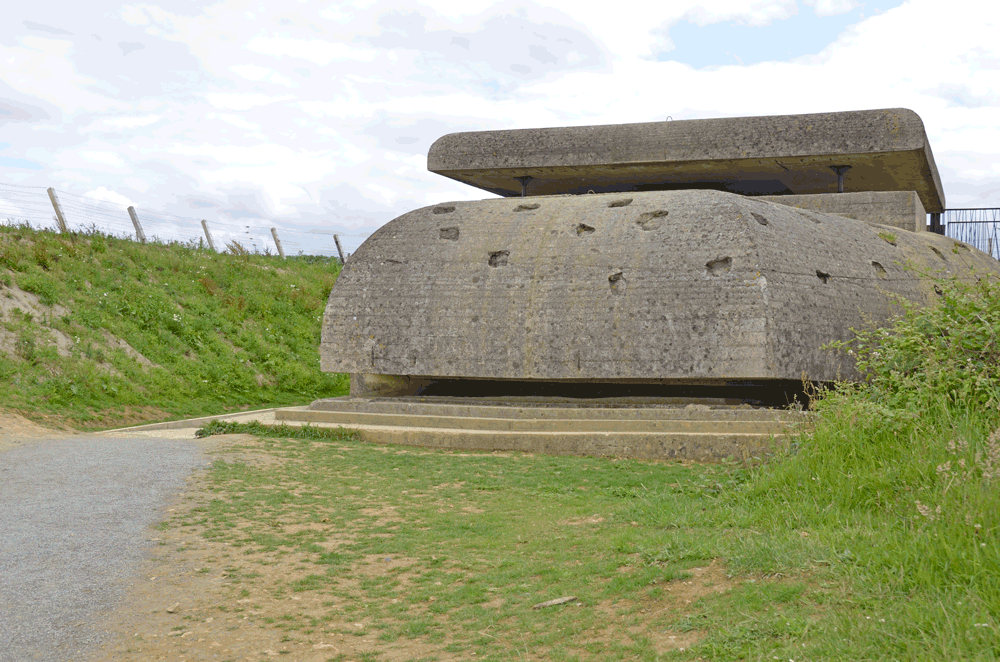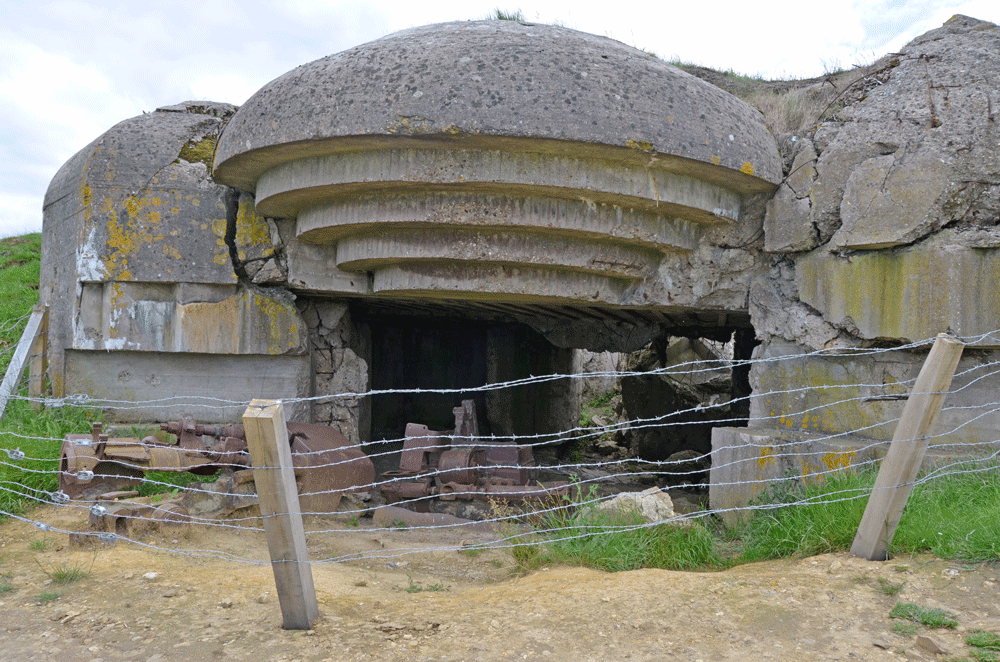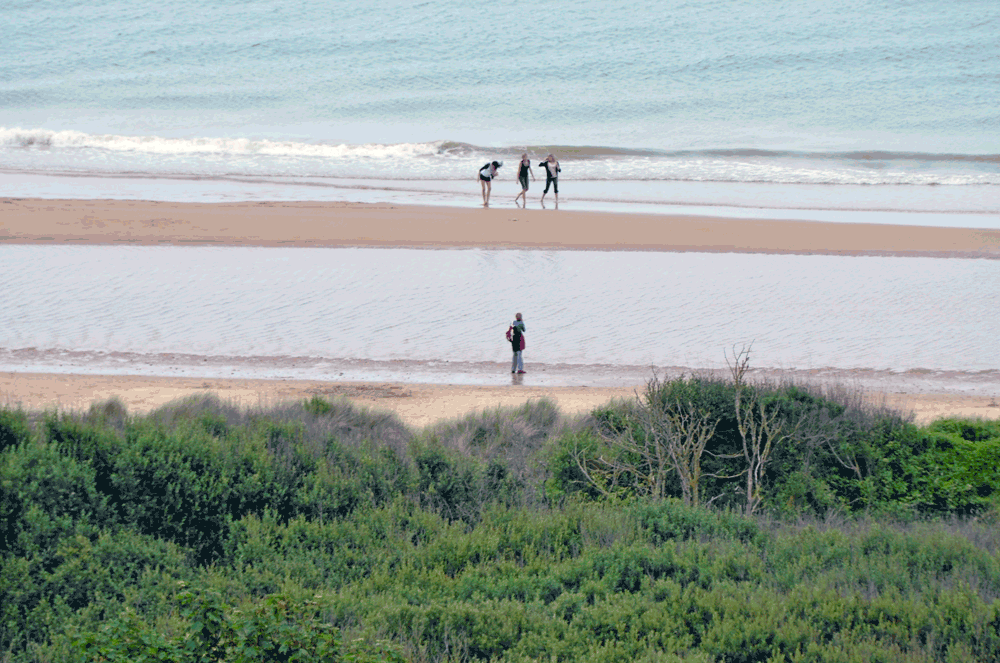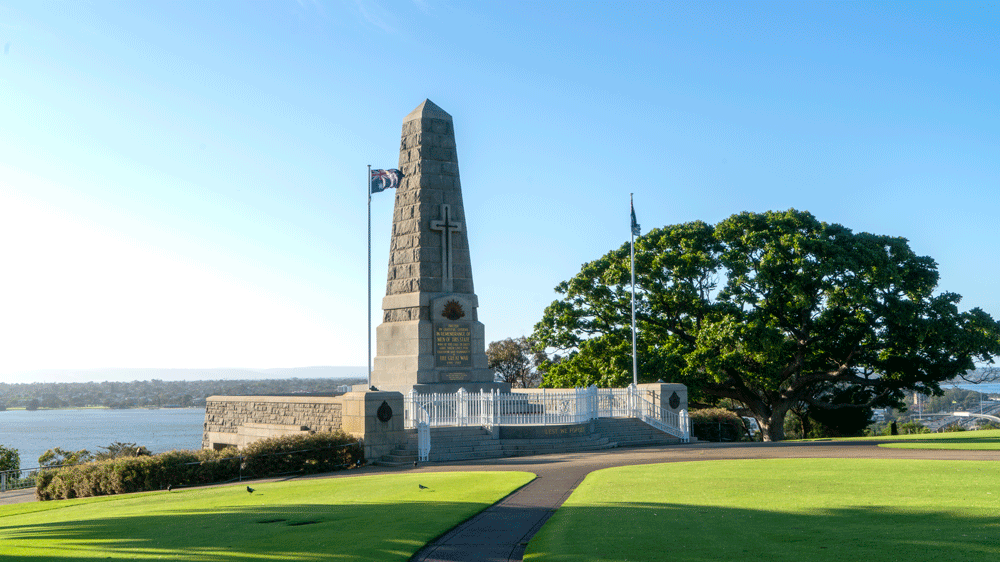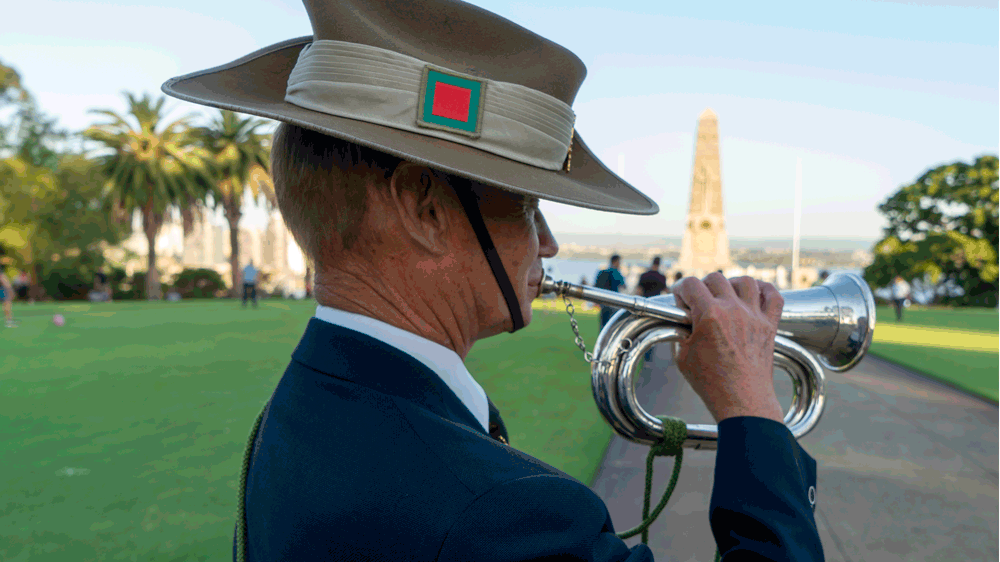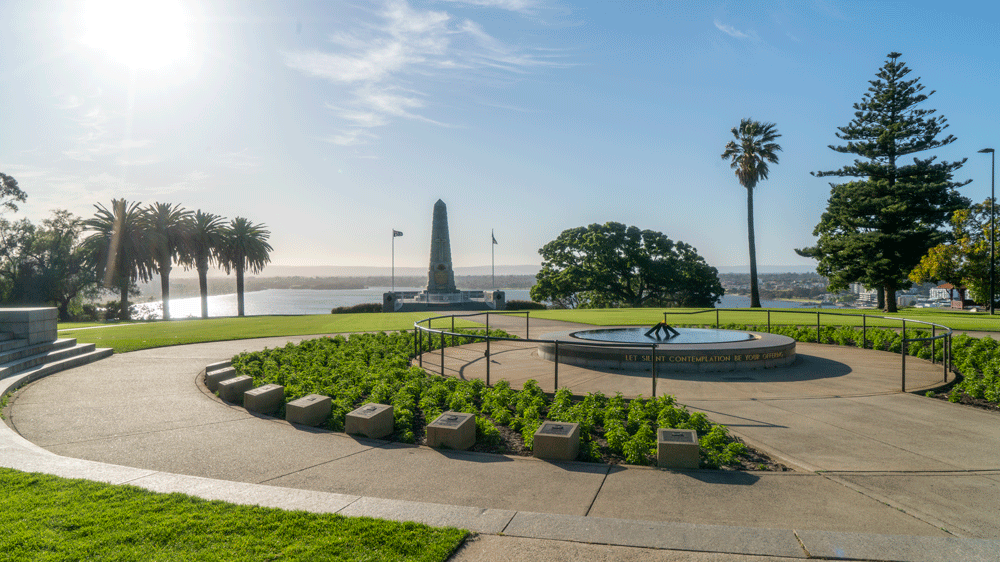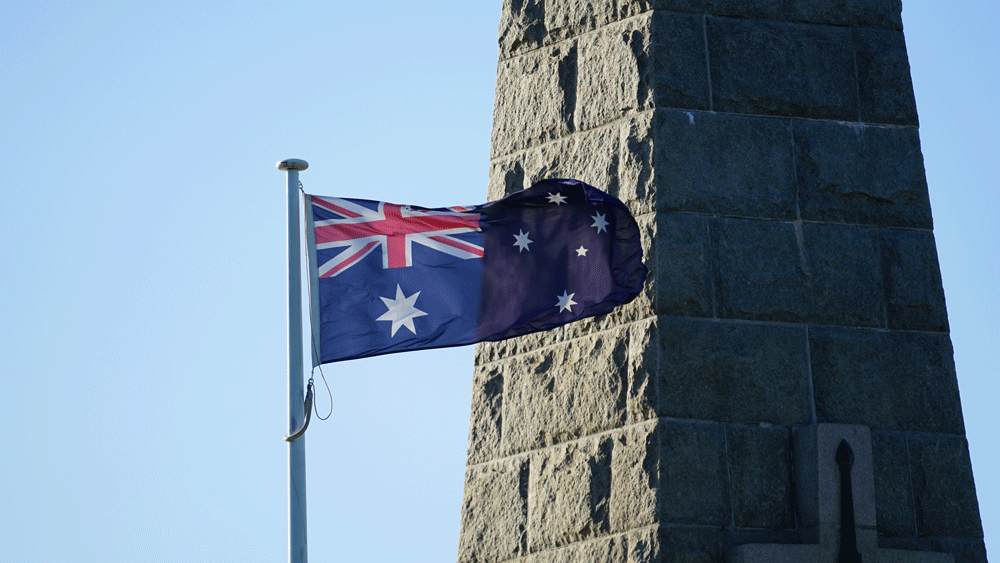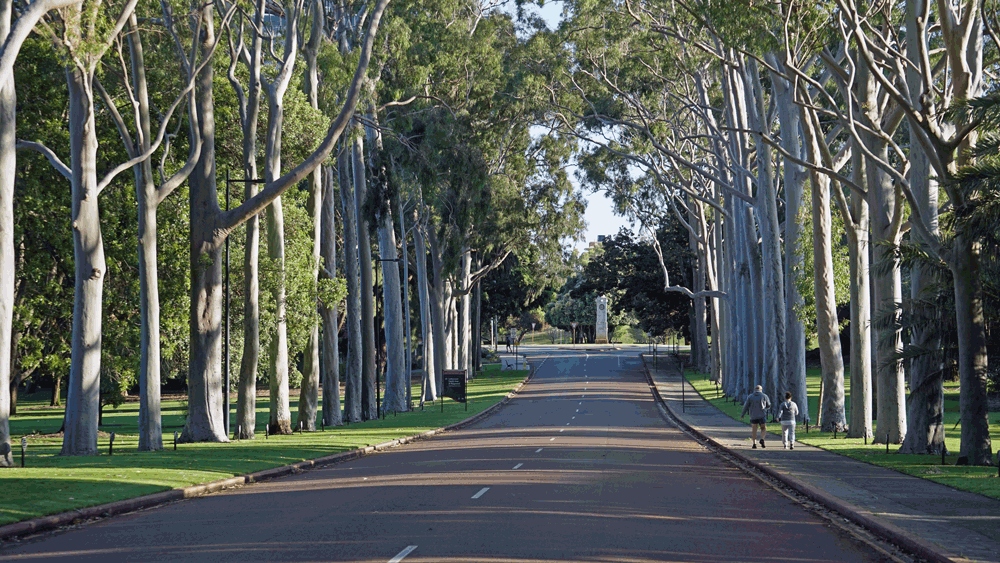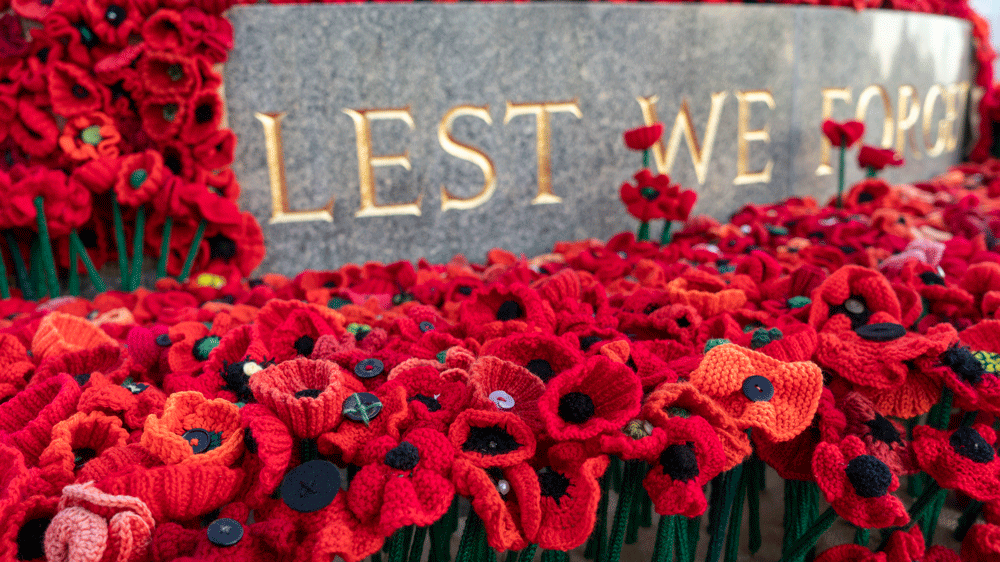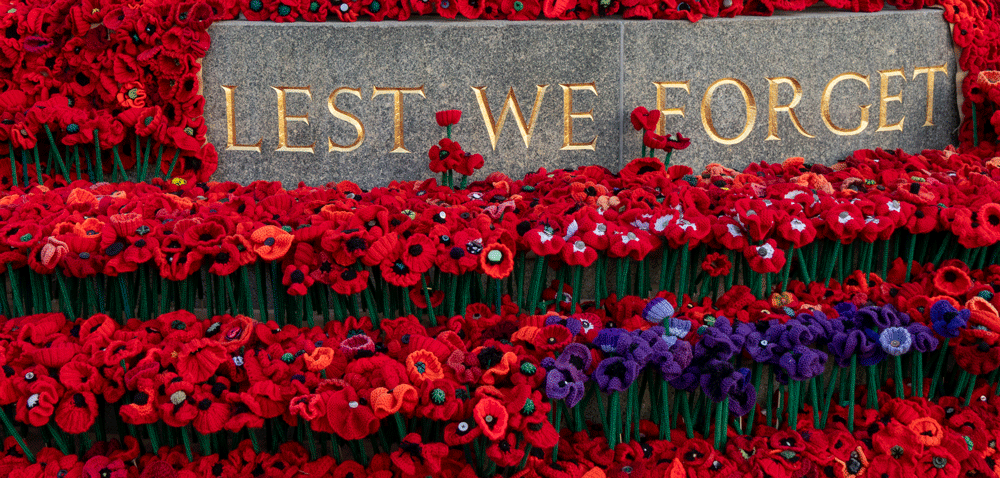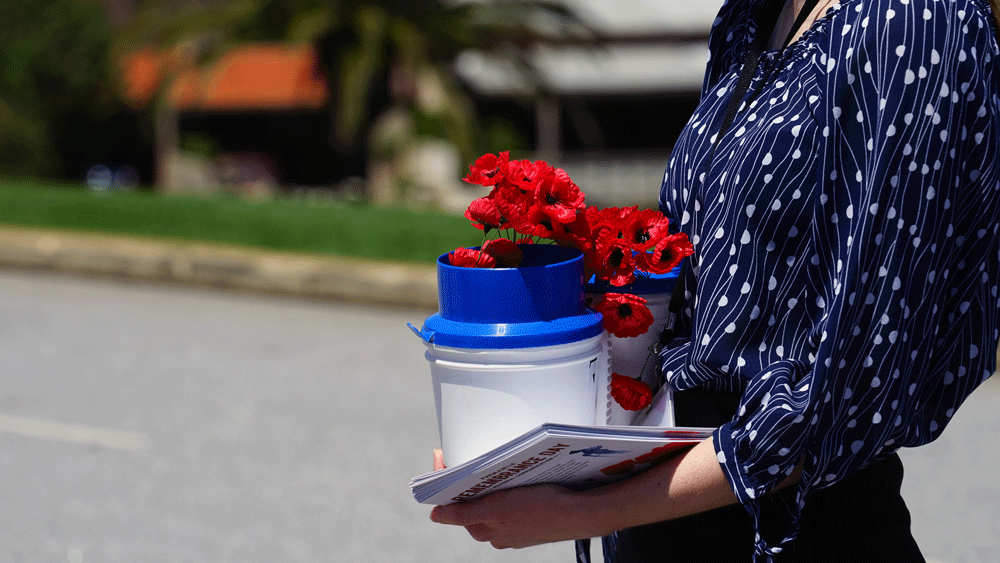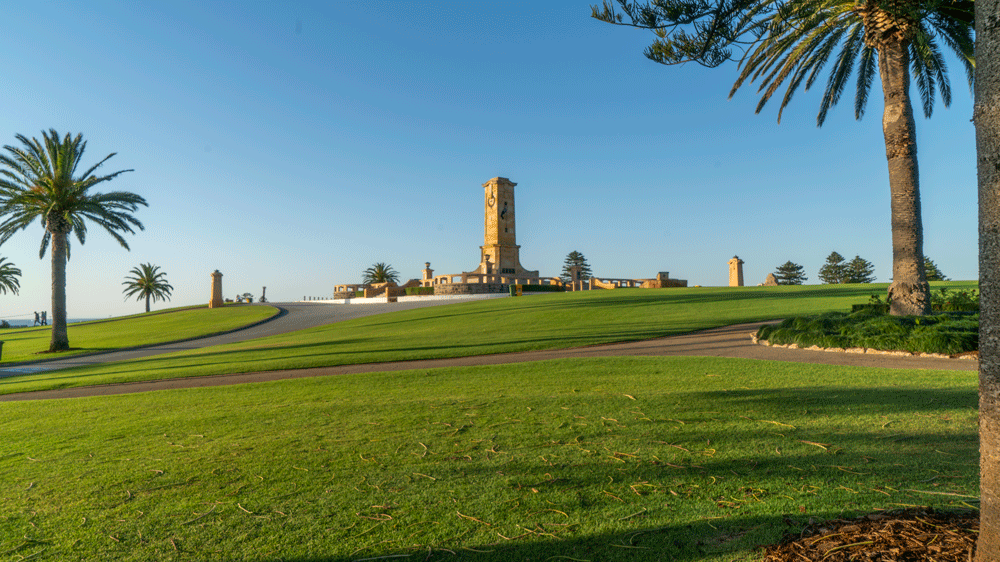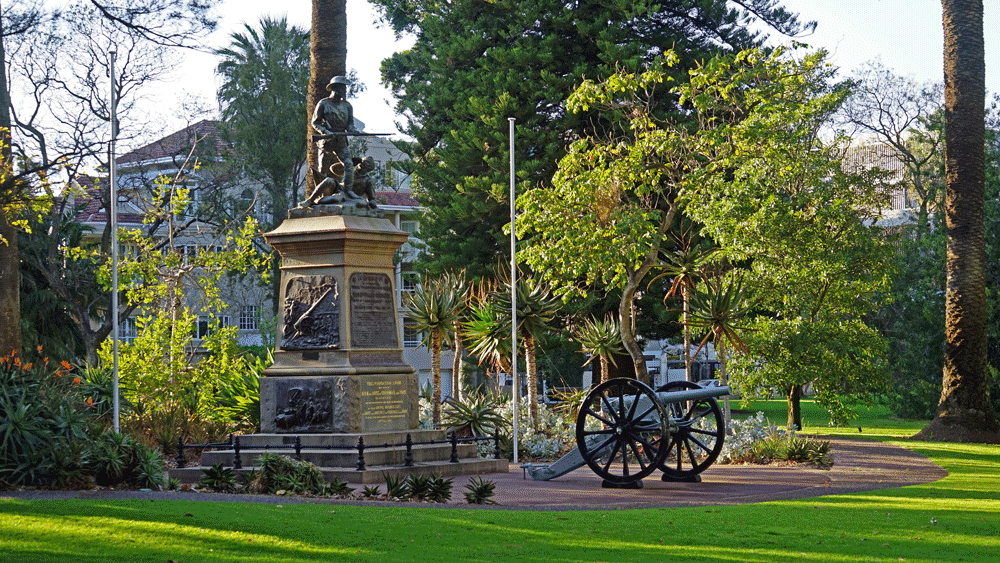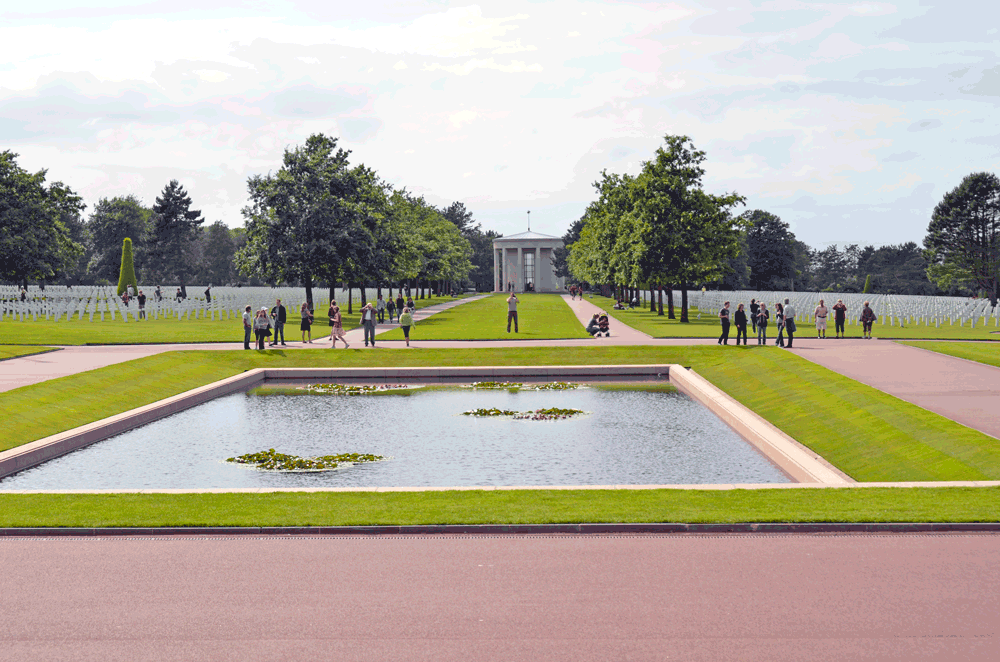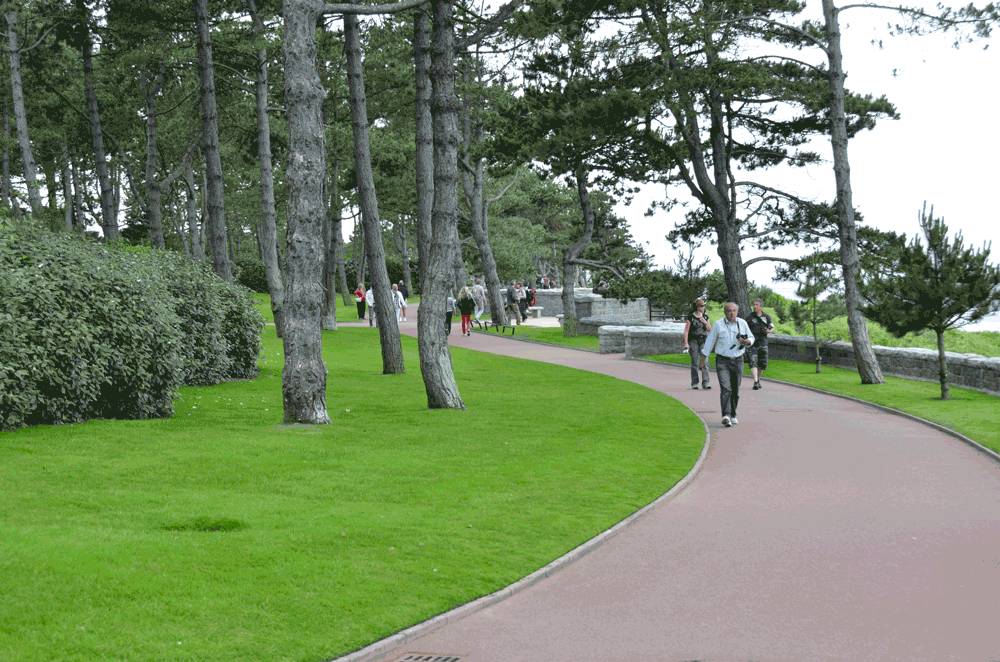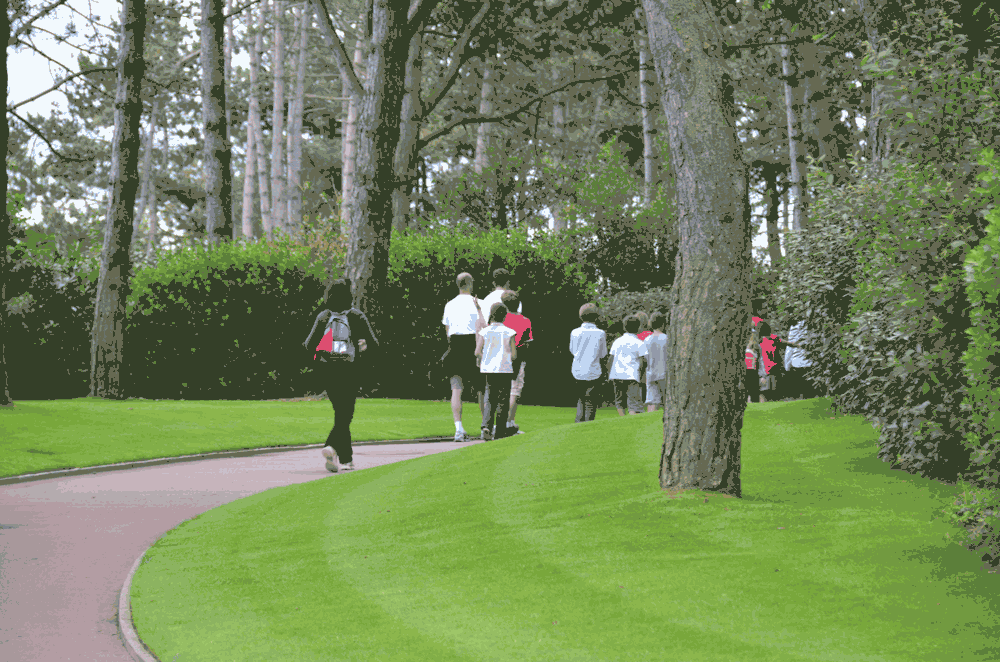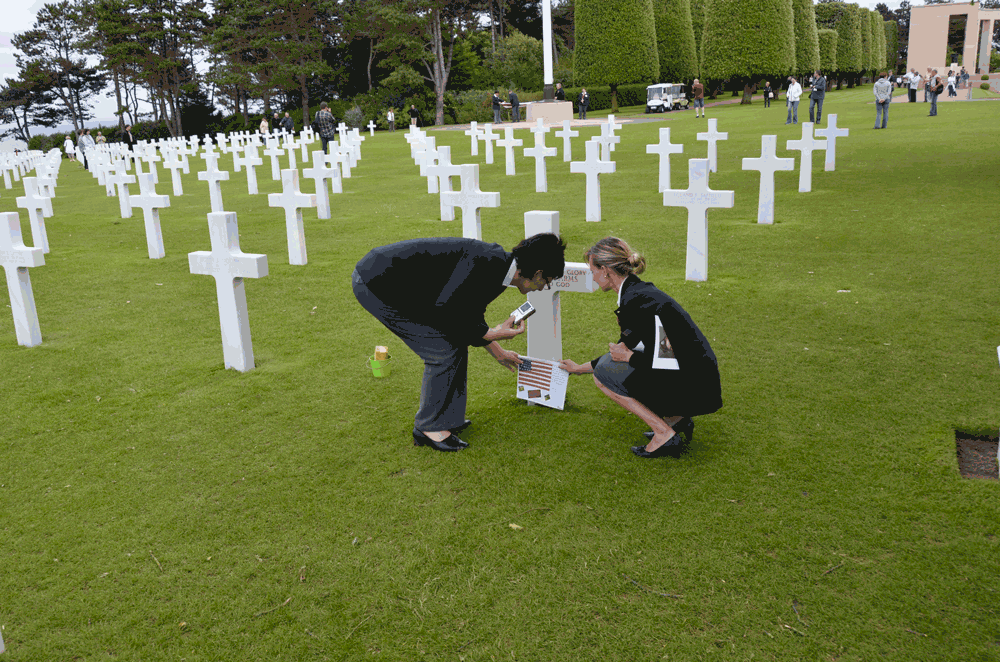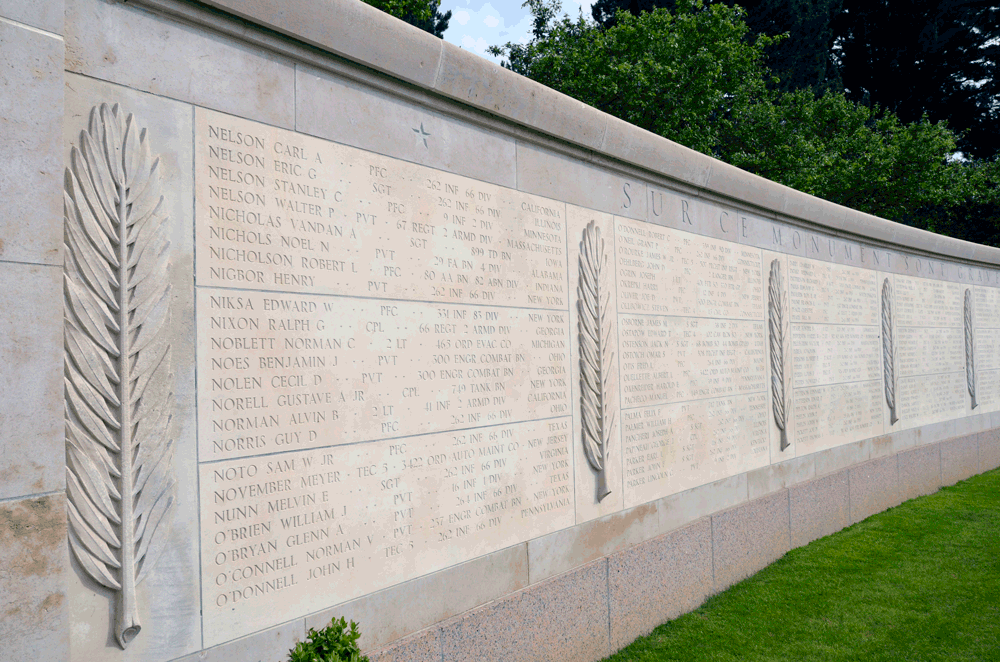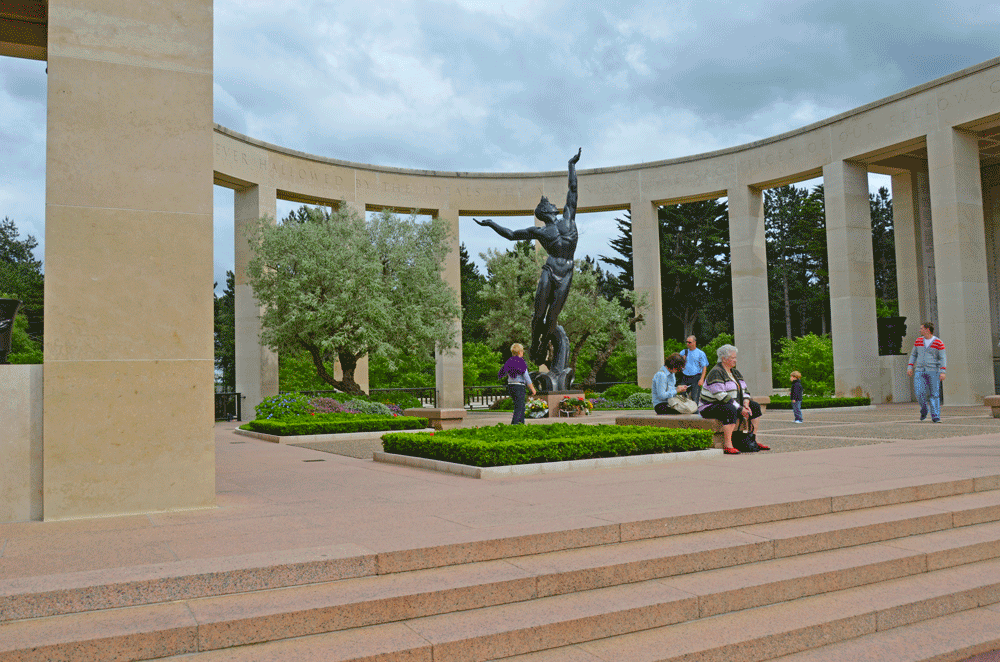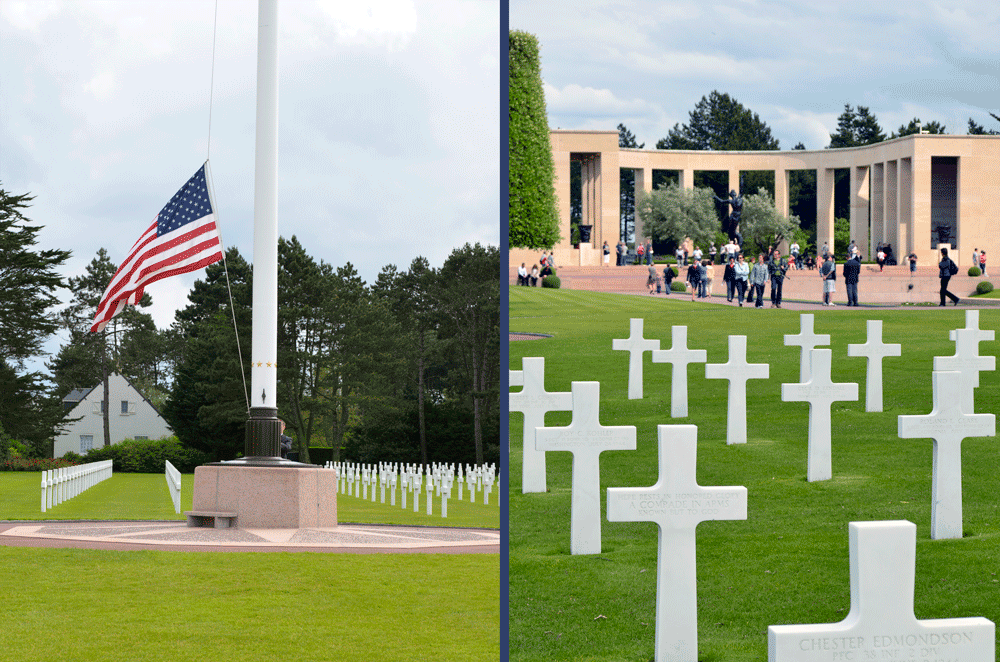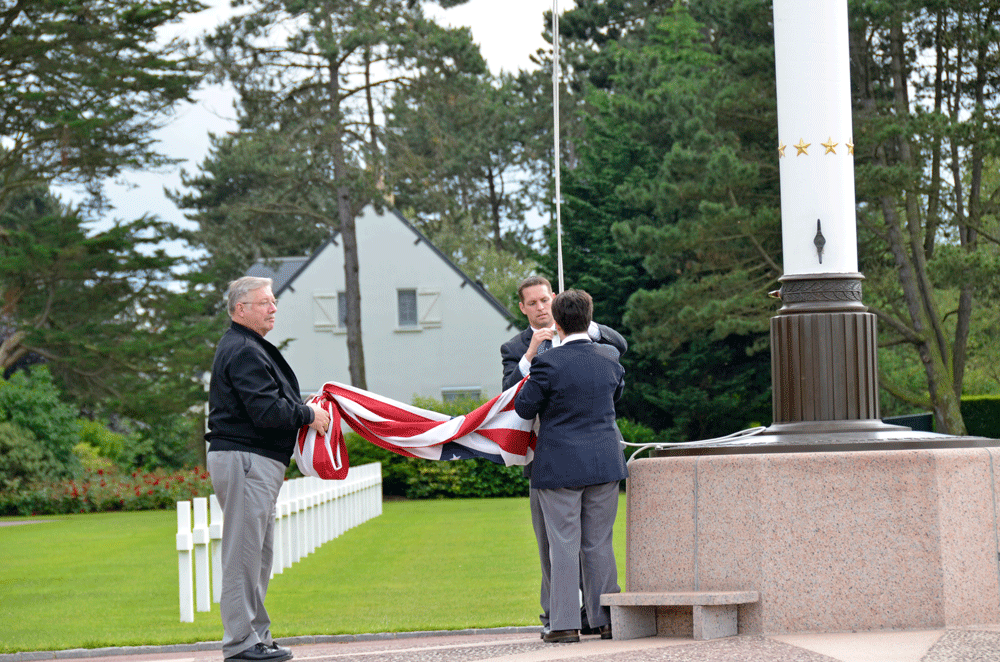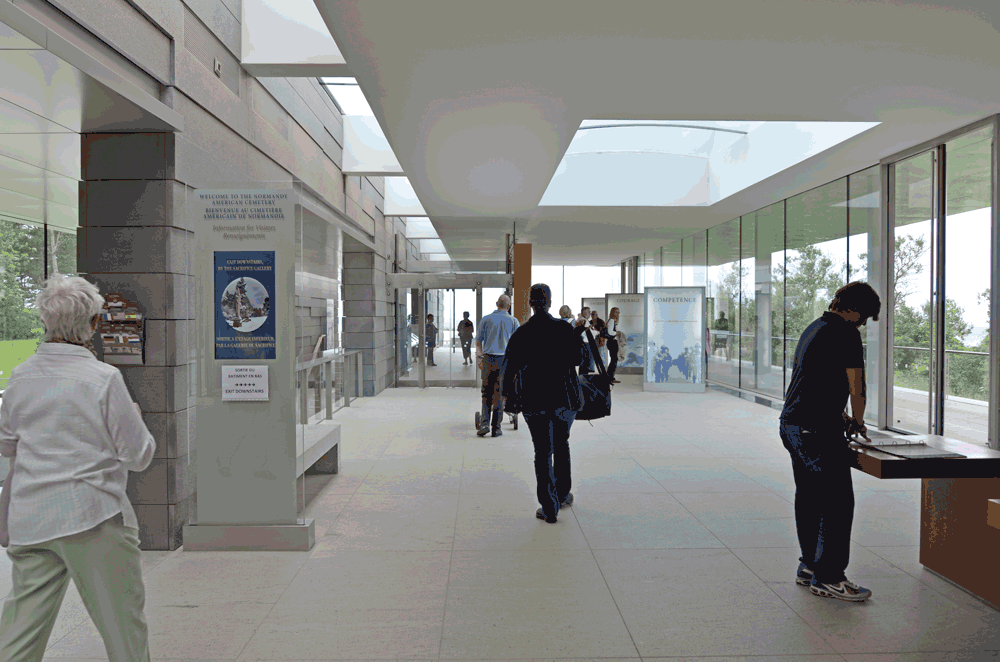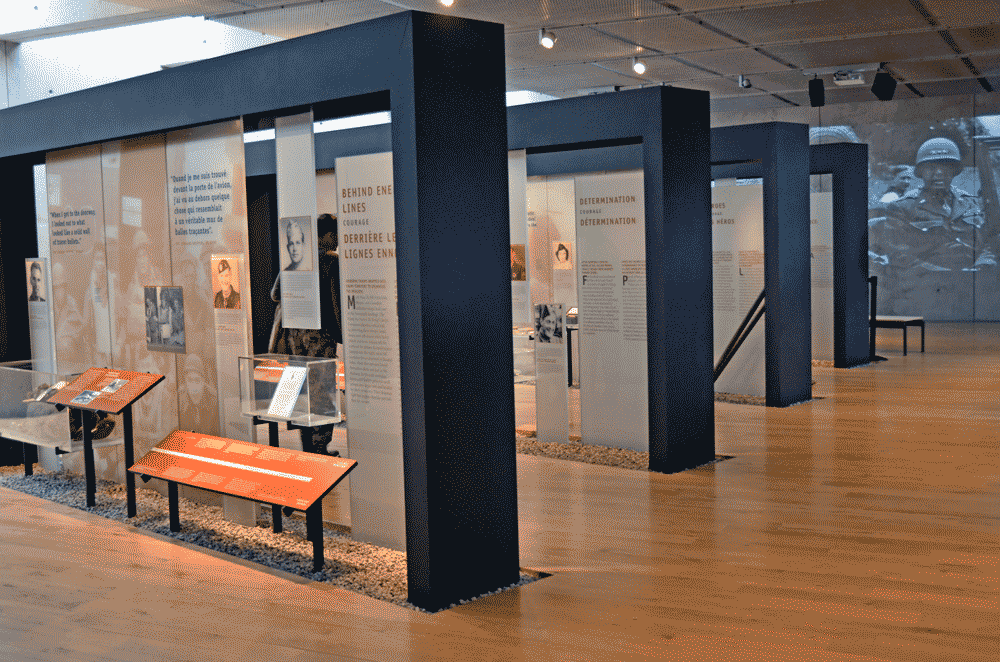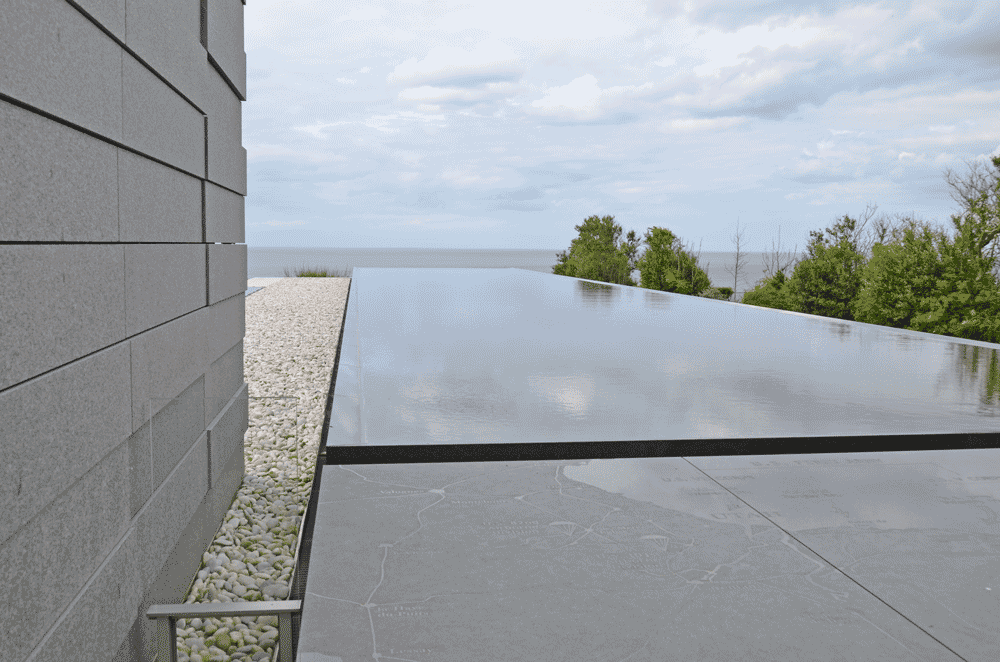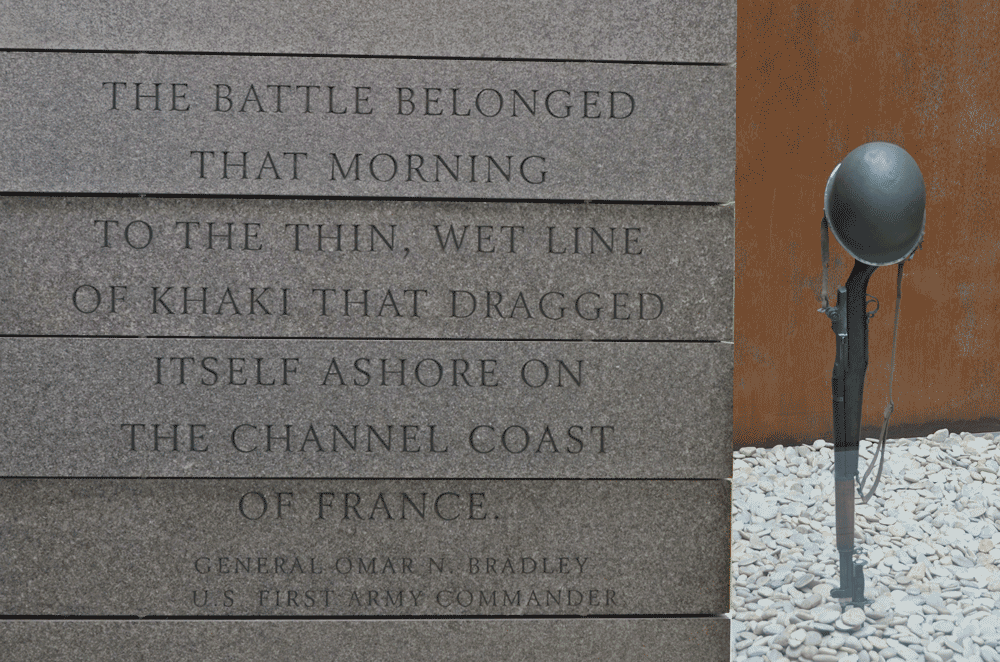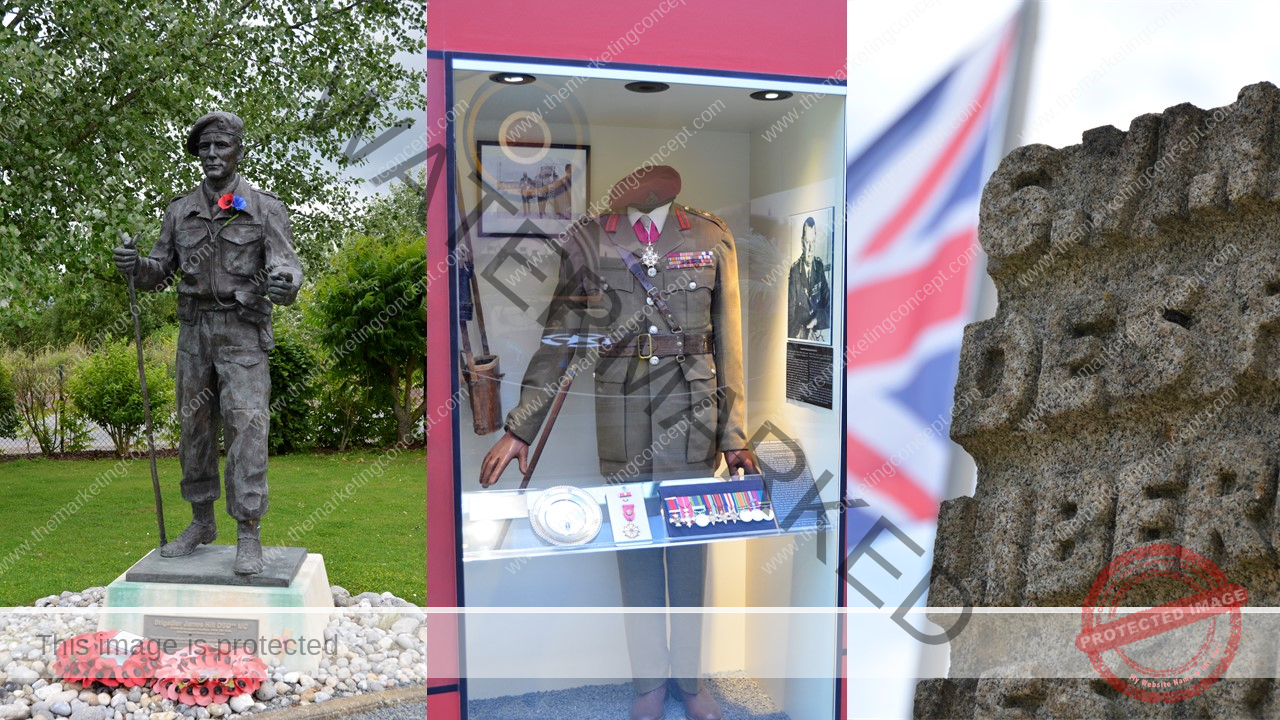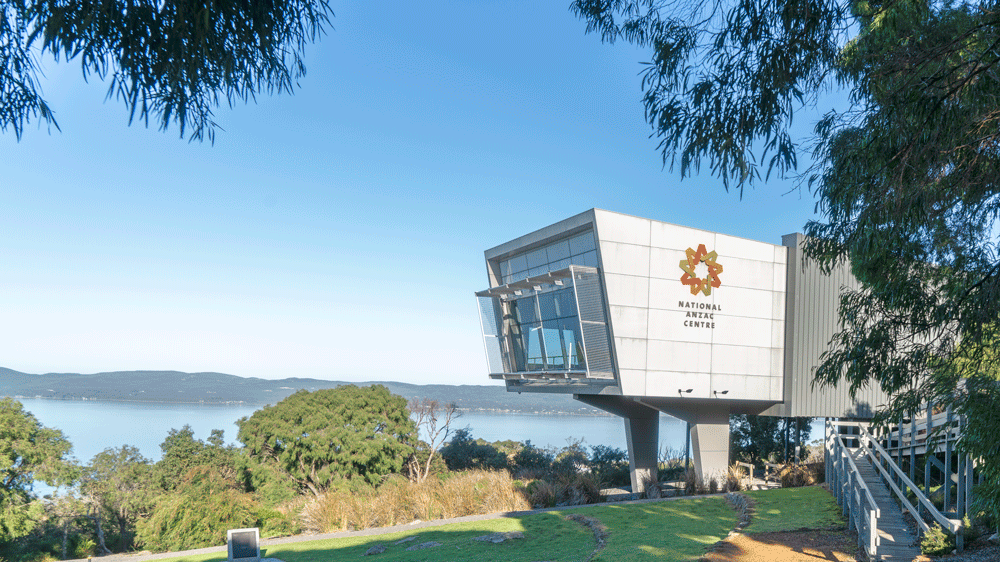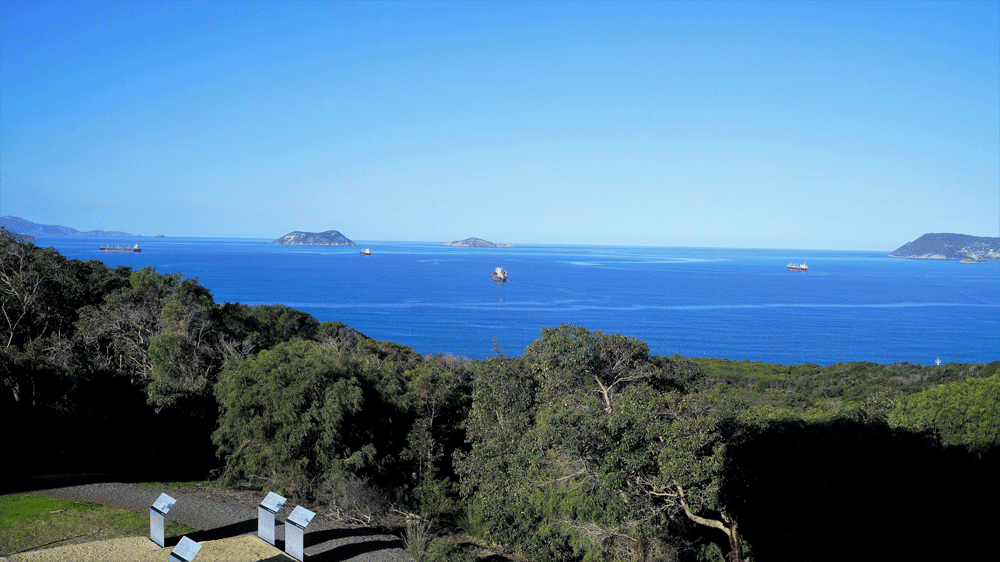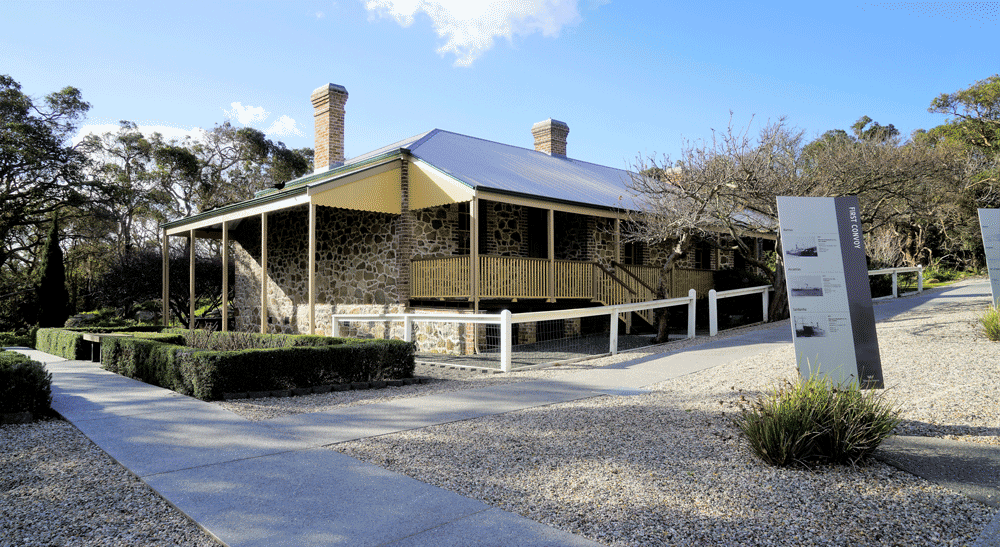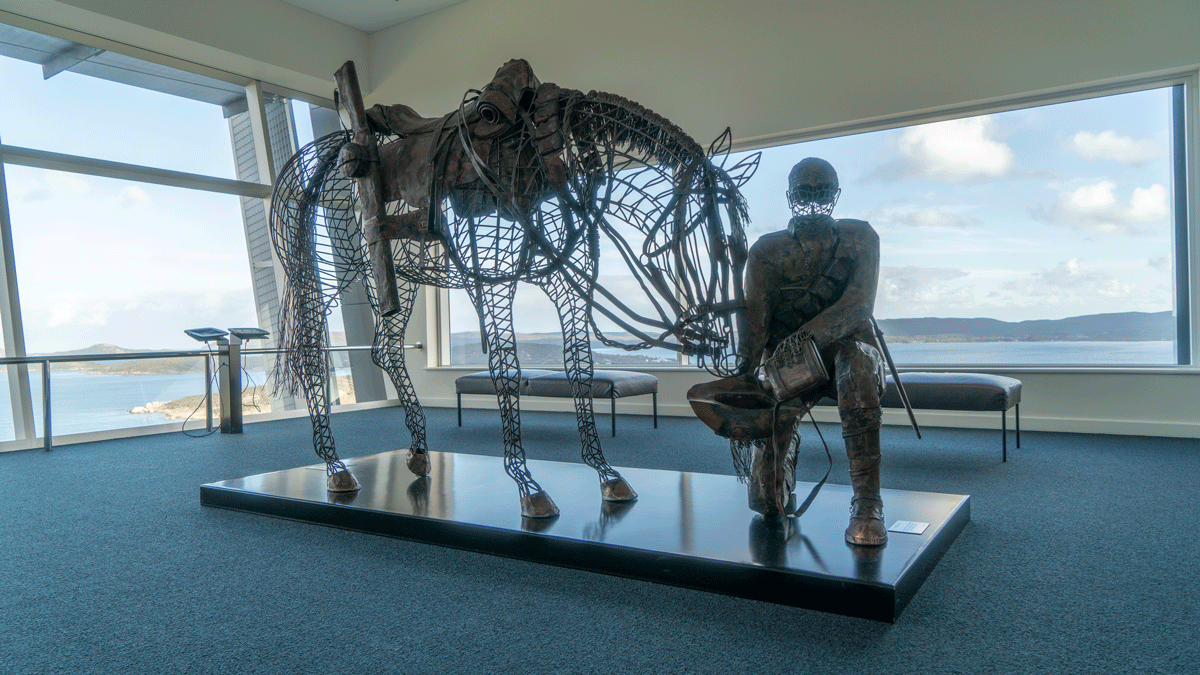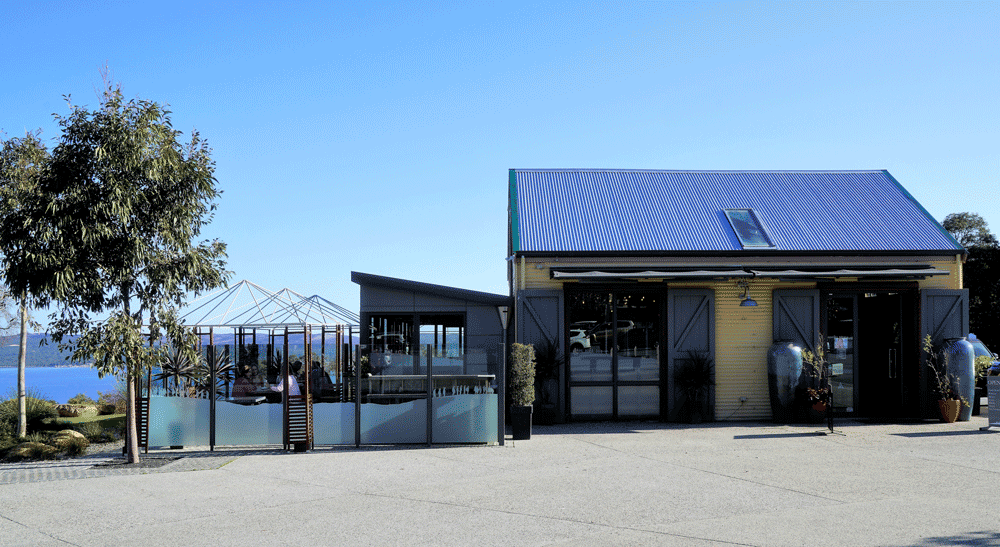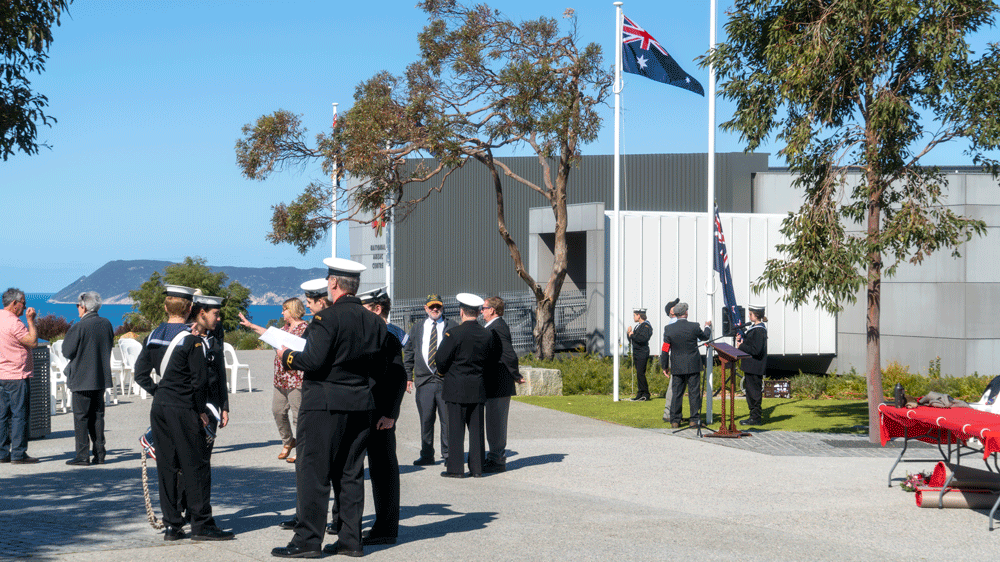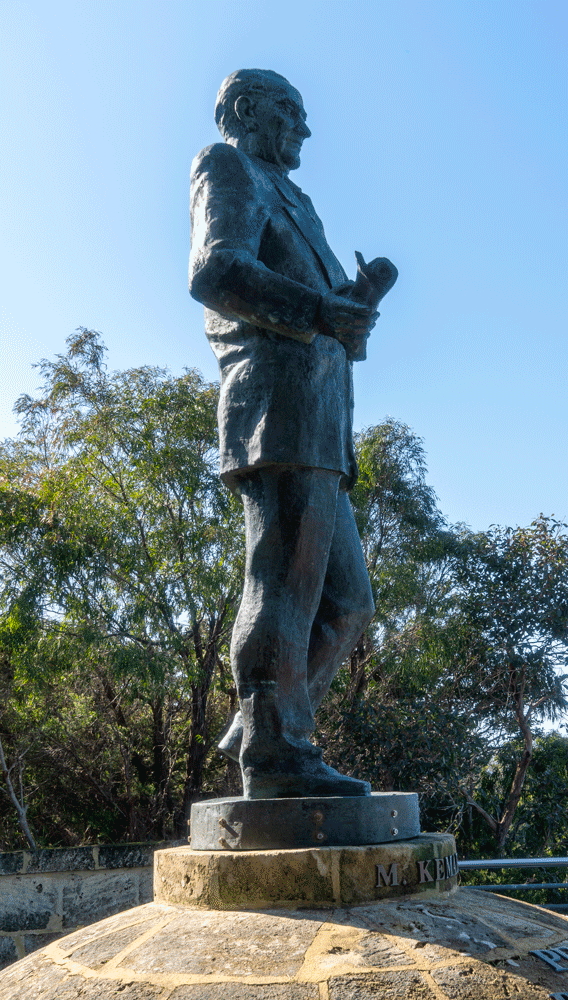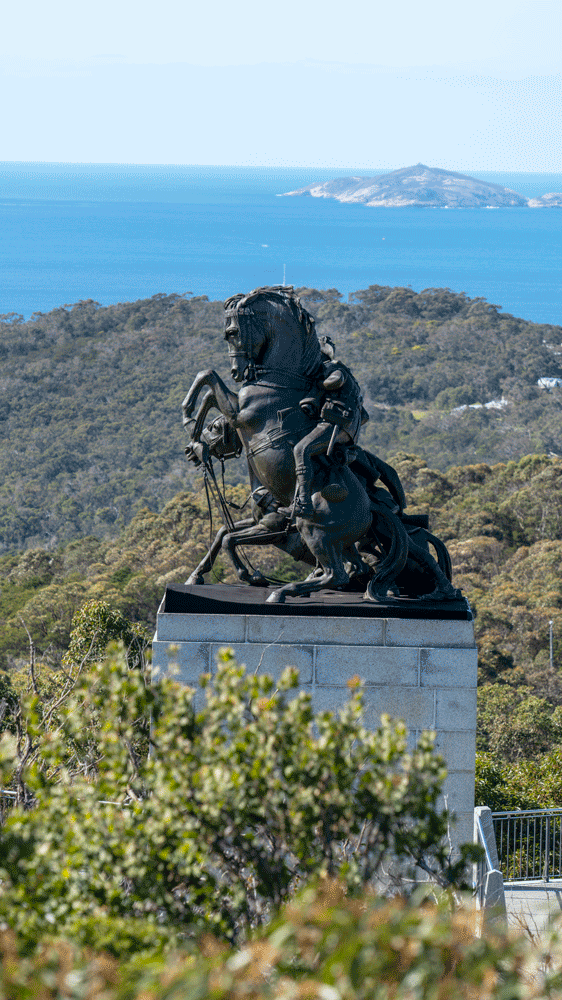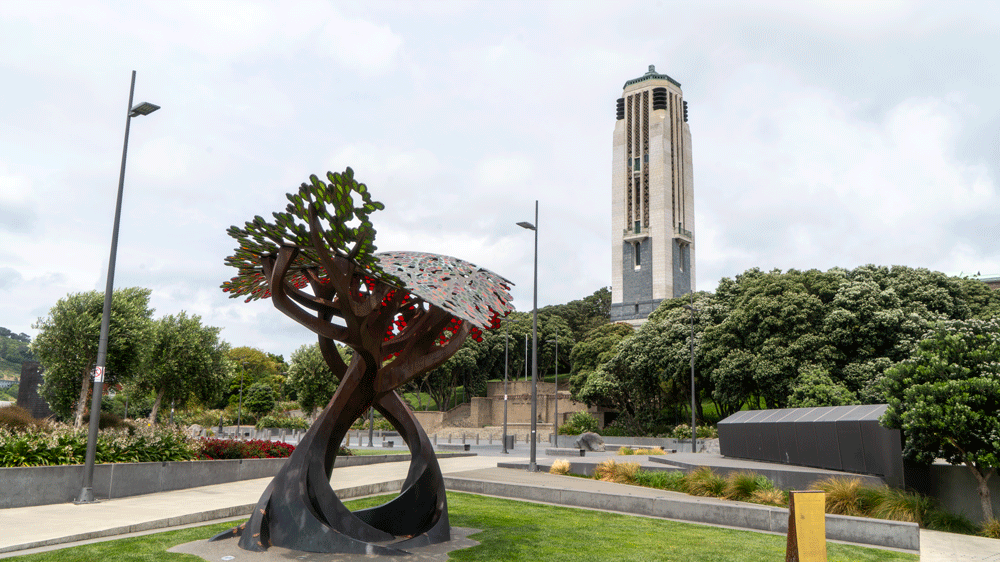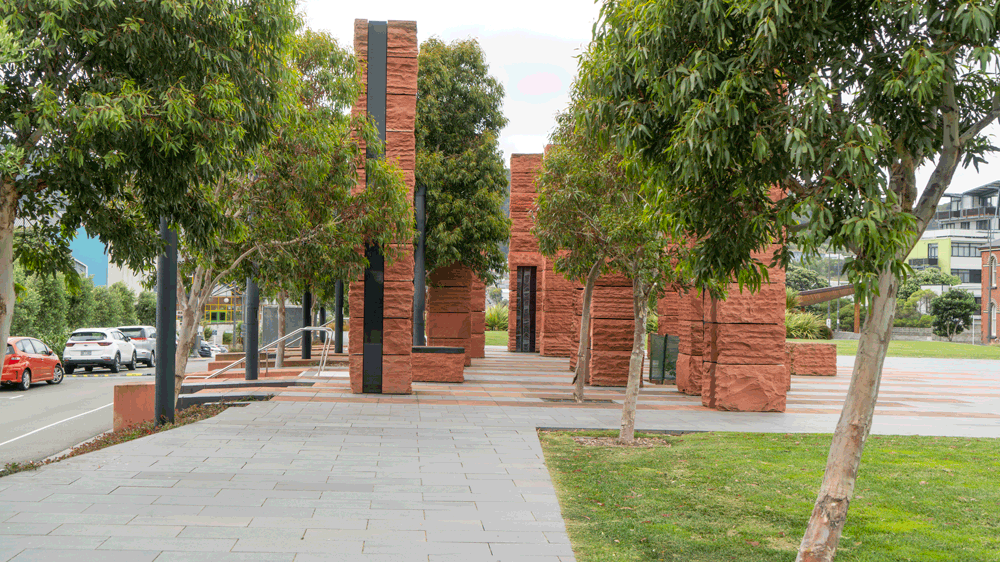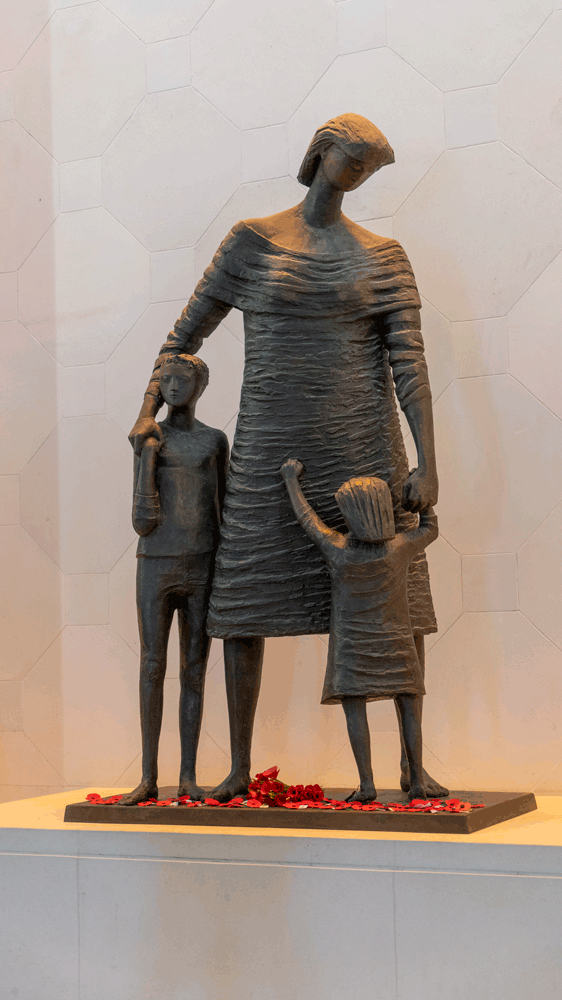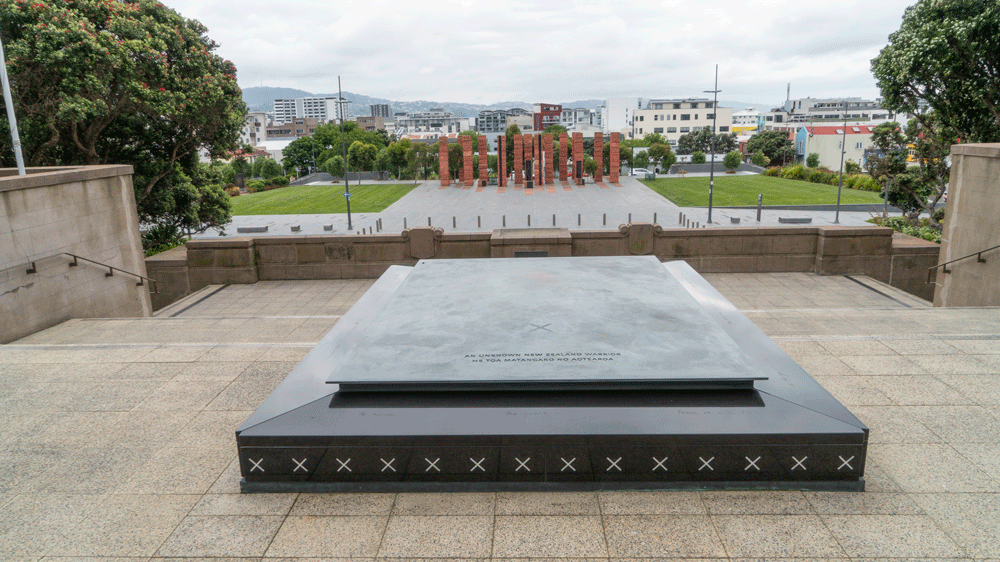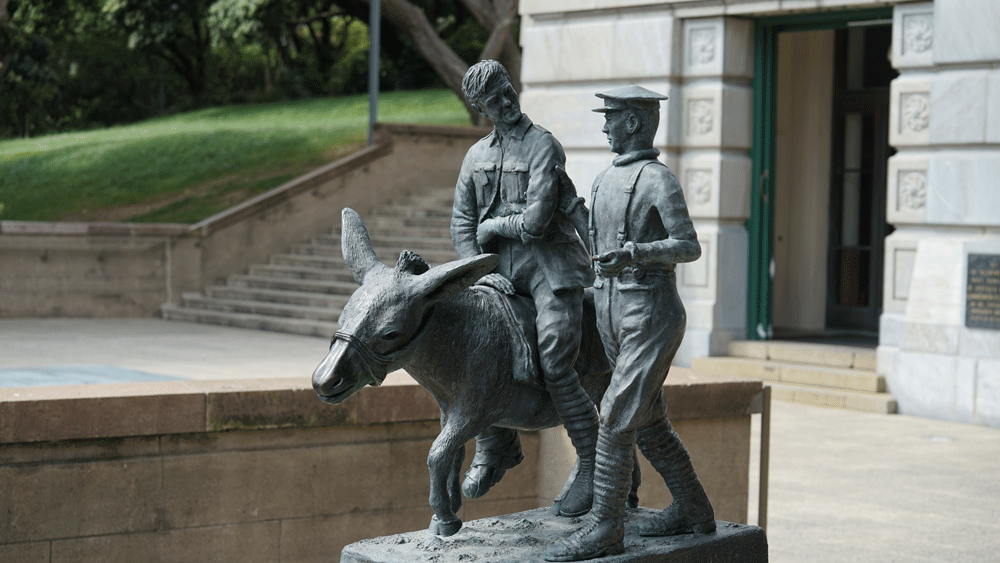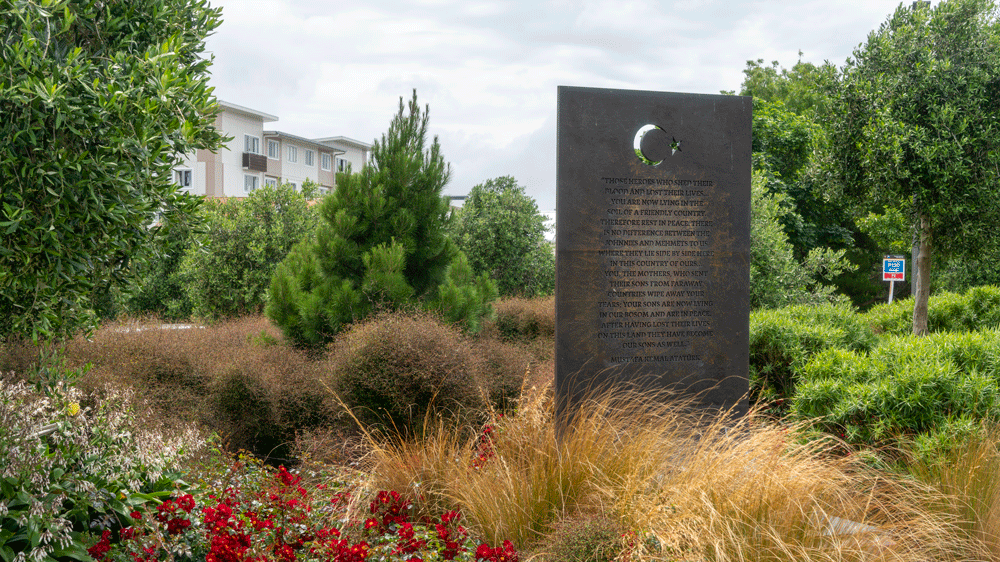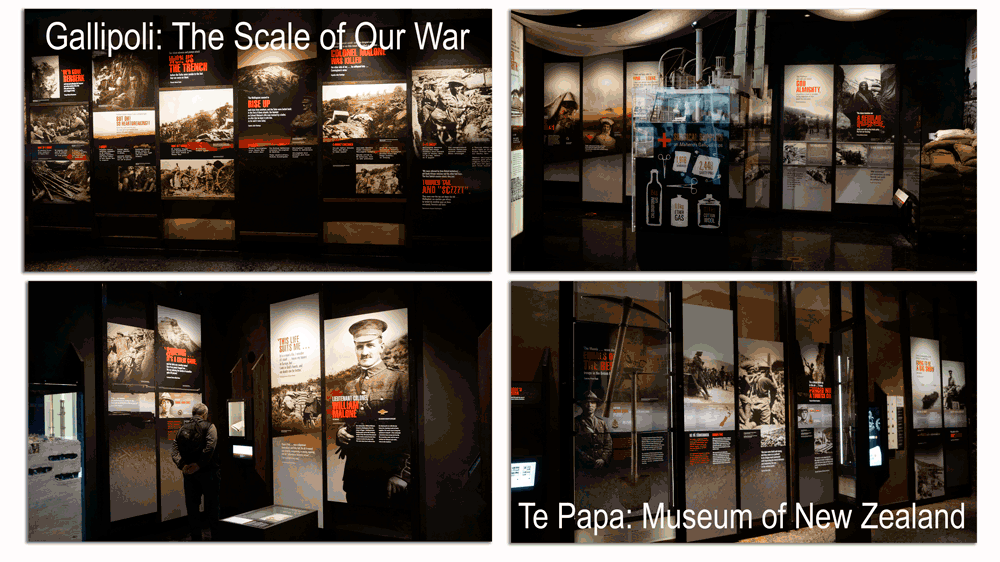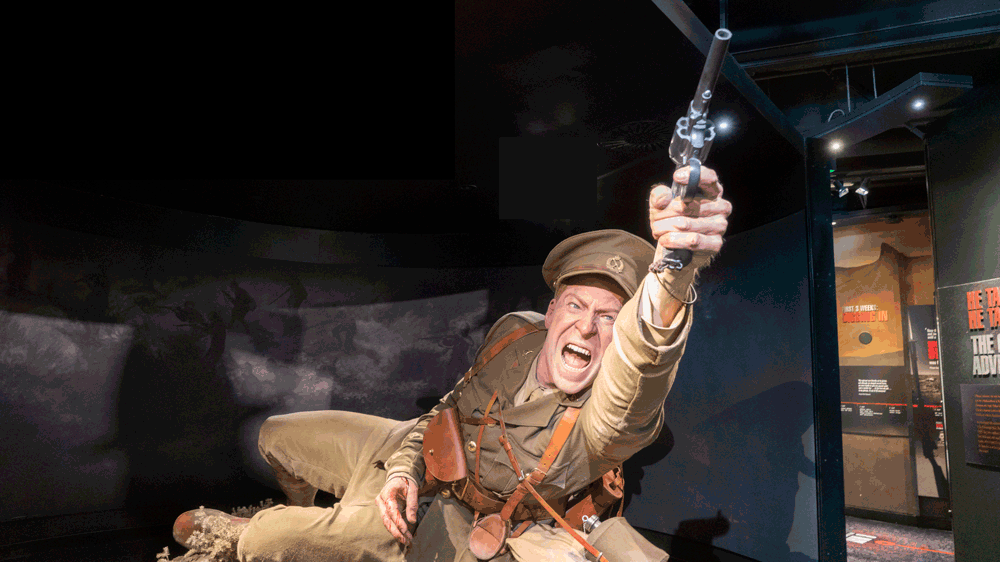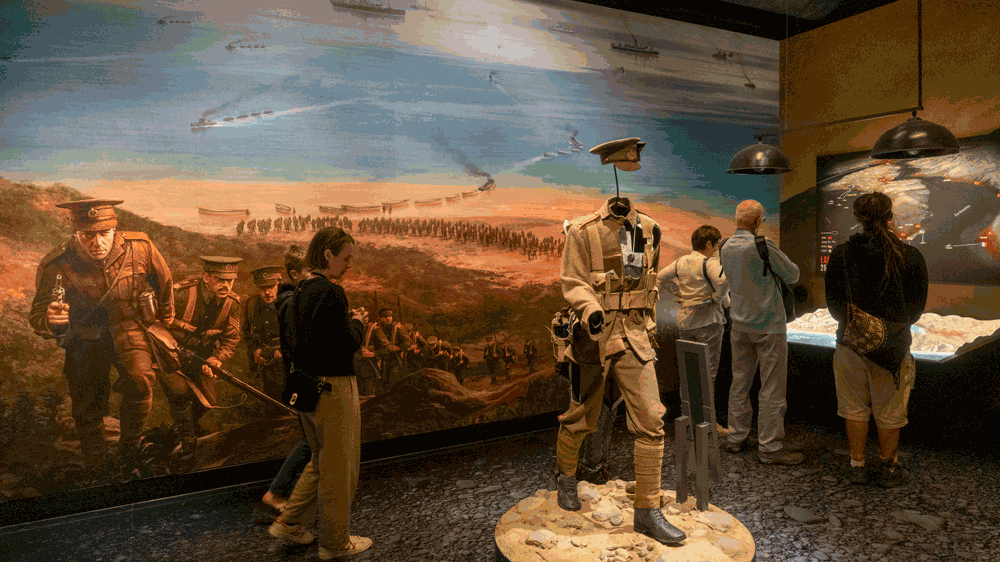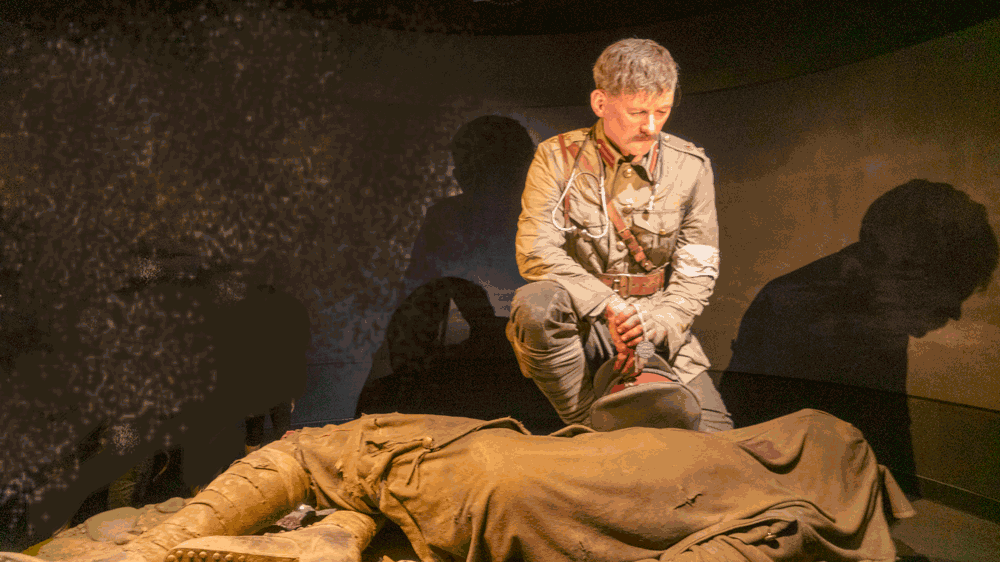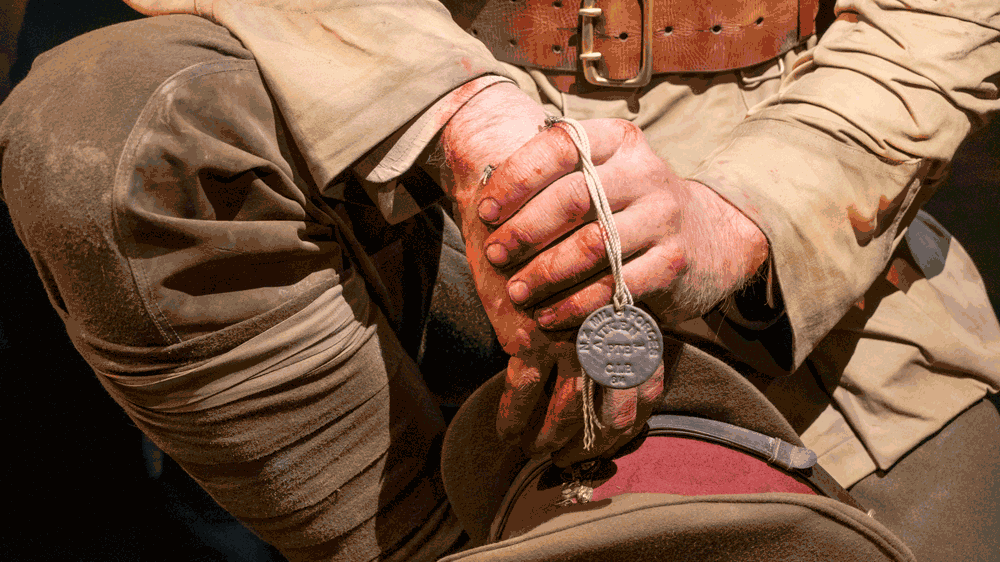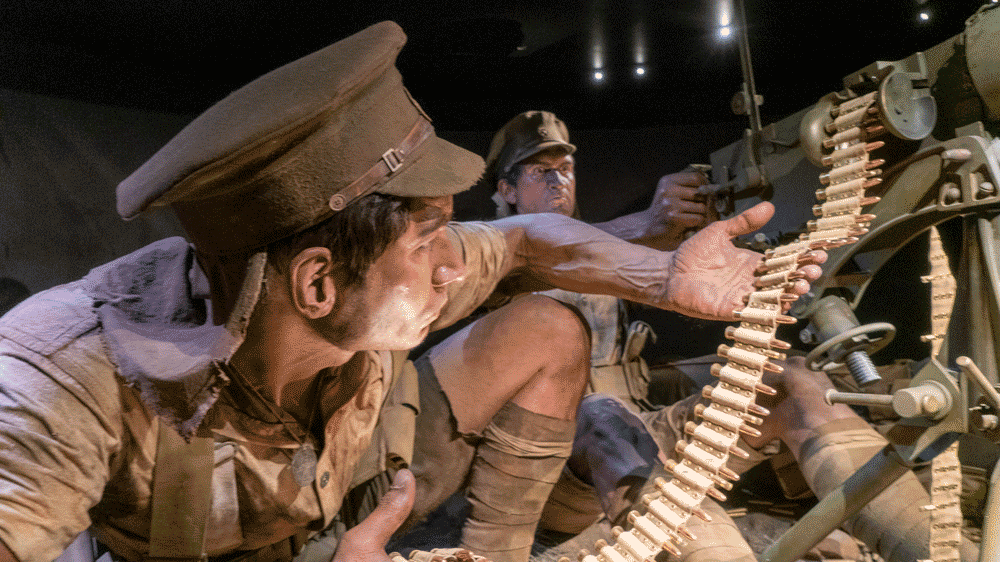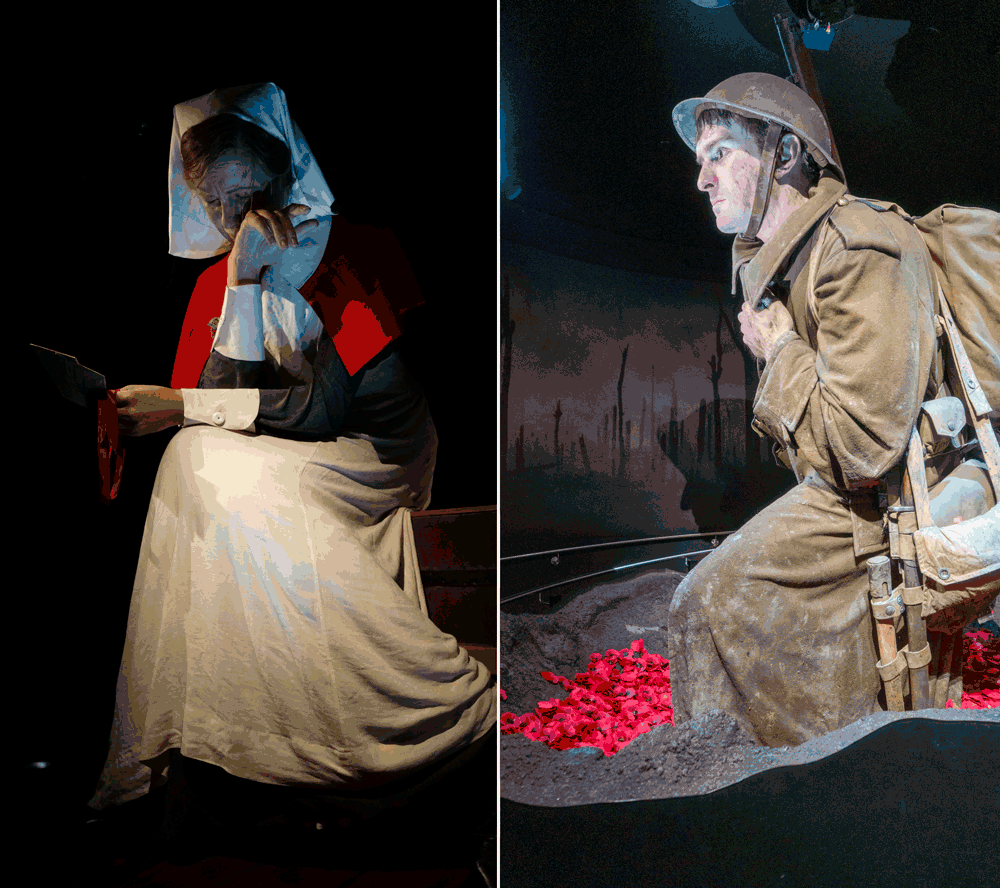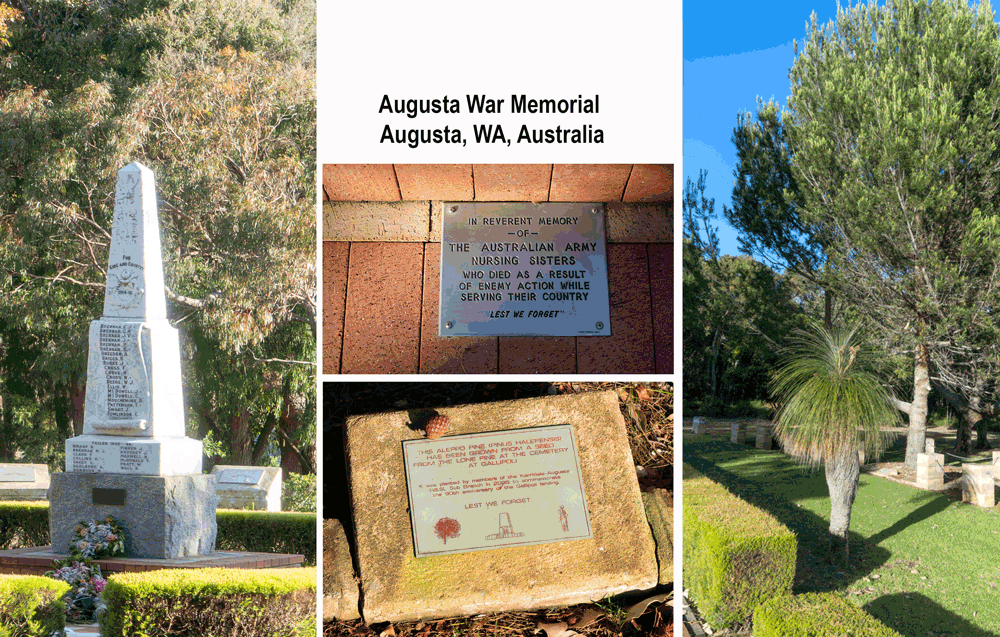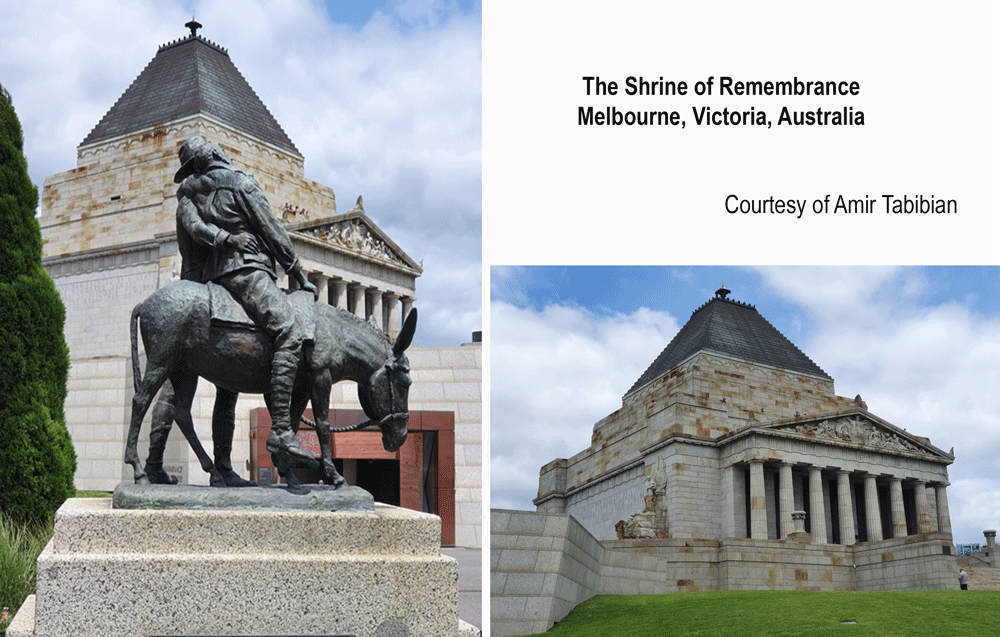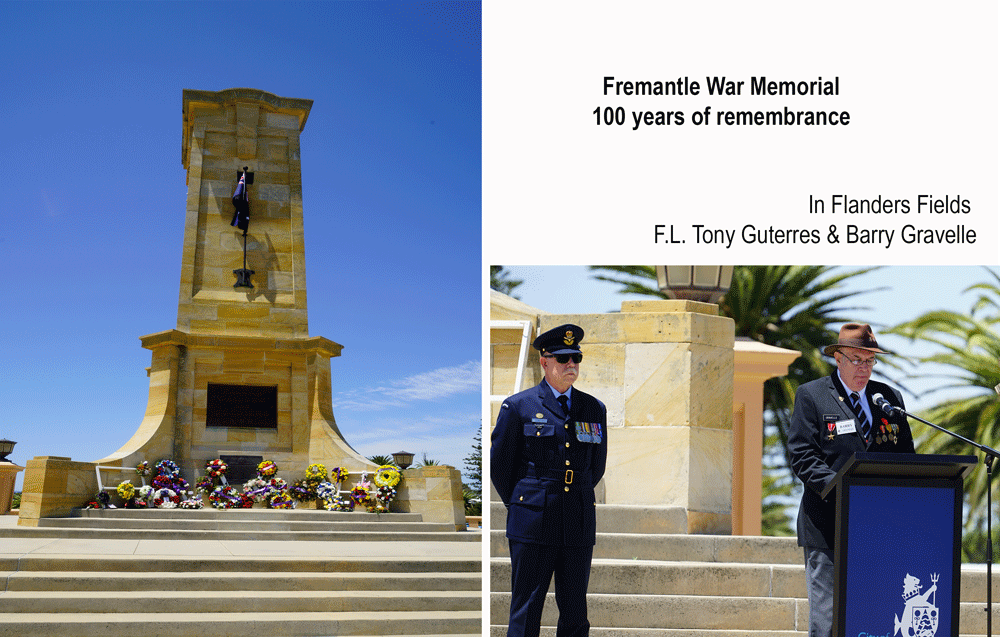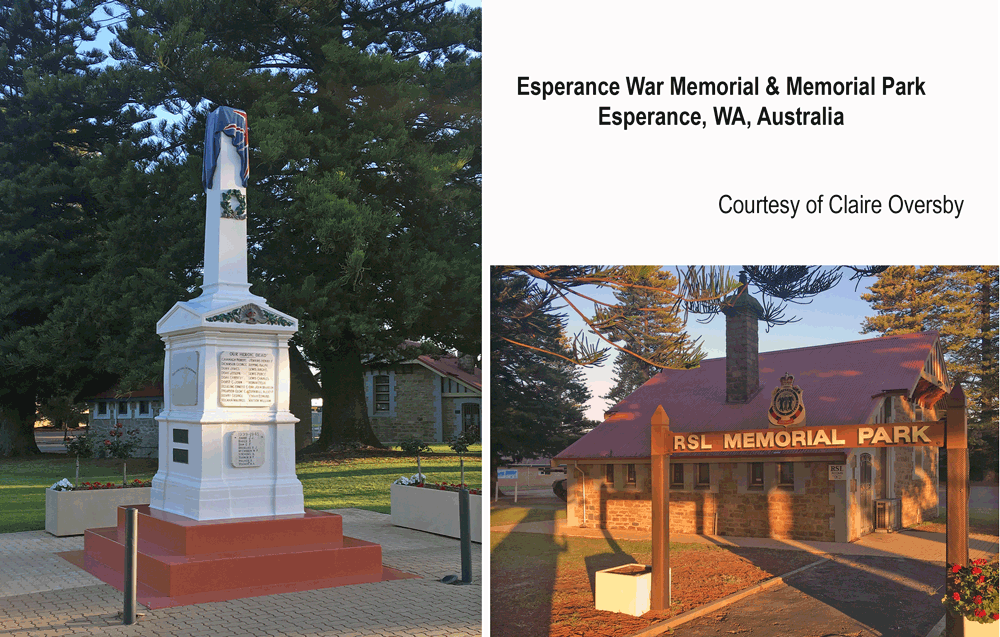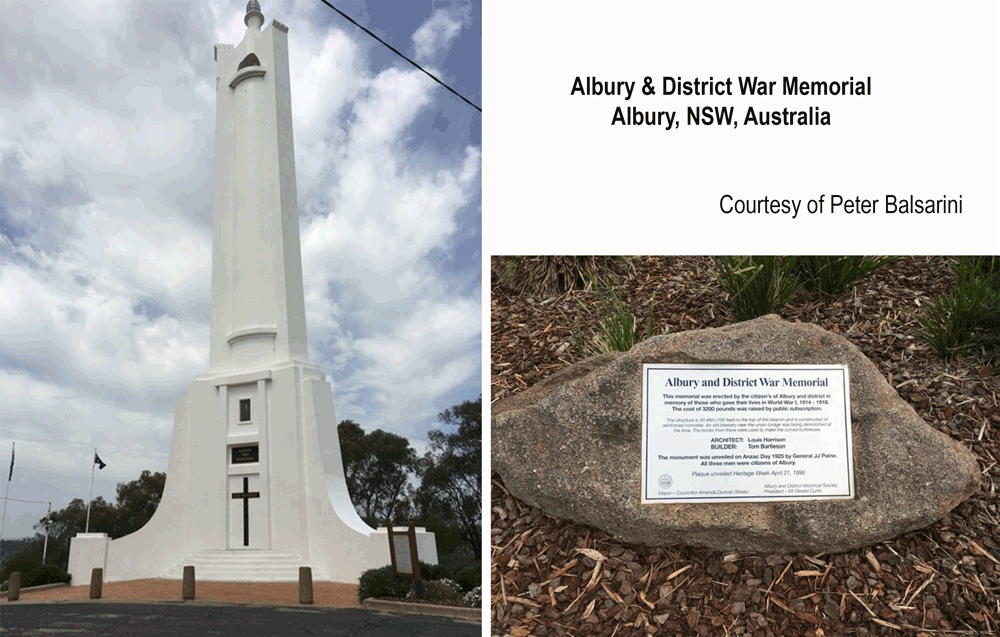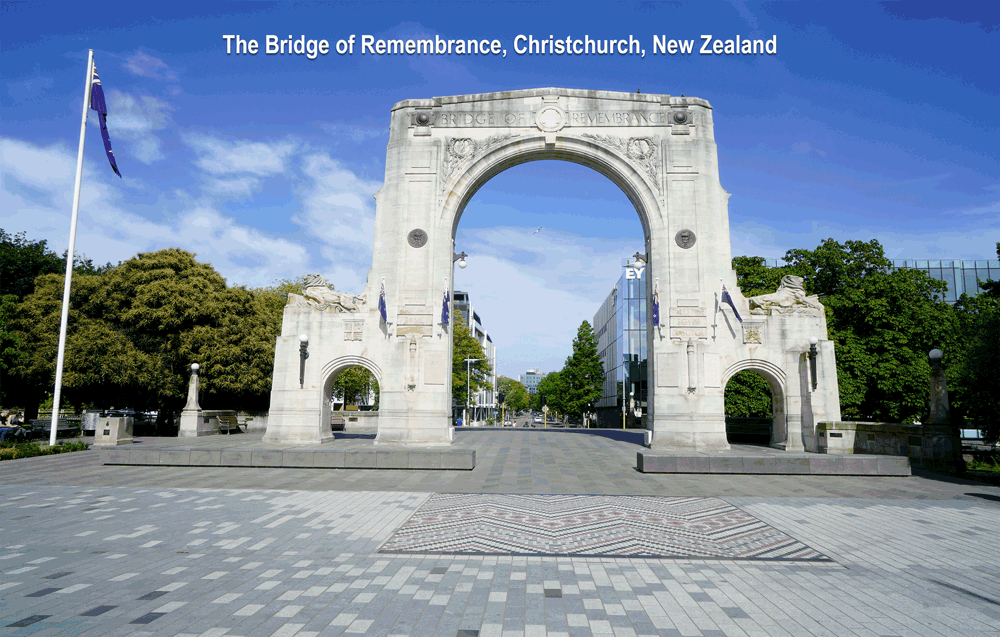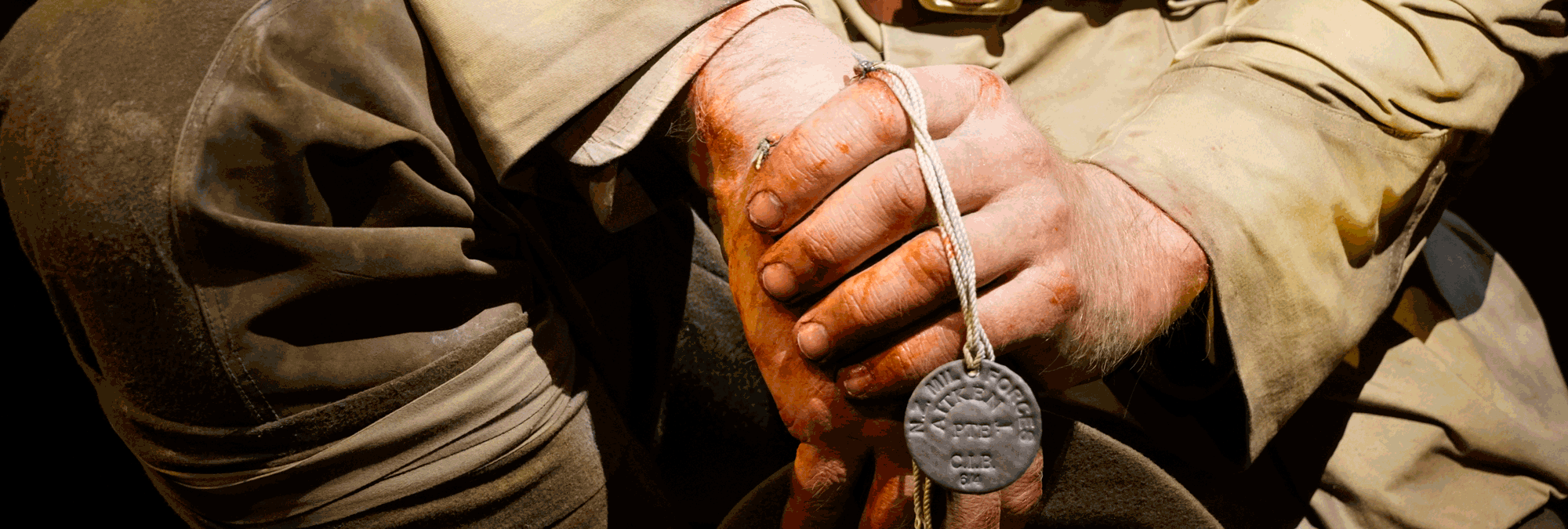
Memorial tourism: a consumer behaviour perspective
Stephen Fanning
Abstract
This article explores memorial tourism. A number of examples of memorial tourism are provided to sensitize readers to breadth of this topic. Initially, an overview of war-related tourism is provided, then a discussion on war memorials and society, and the influence of values. The discussion then examines the dark tourism literature, details the research methodology and then outlines the findings. Whilst many papers discuss war-related tourism through the lens of dark tourism and thanatourism this paper suggests that social marketing and marketing of place will also offer an insight.
Introduction
Marketing, like music, is a broad discipline that is a composite of genres. Marketing genres enable marketing scholars and practitioners to set operable parameters to explore a specific type of marketing. Working within a marketing genre enables marketing scholars and practitioners to develop a typology of genre characteristics and employ appropriate strategies and tactics to manage the defining genre characteristics. Often, within a marketing genre there will be a marketing niche that shares similar characteristics with the genre, however, there are differences which require special considerations. Identifying and exploring a marketing niche enables marketing scholars and practitioners to better understand the specific situational factors. An understanding of marketing genre and niche characteristics is an essential component in the business-marketing planning process. Considering marketing as a composite of marketing genres and niches enables marketing scholars to drill down and select the most appropriate strategies and tactics.
Given that war tourism is a controversial, confronting, and polarising topic the linking of war tourism and marketing may seem unusual, however, it has been purposefully chosen. Marketing exemplars generally confirm marketing theory – however, war-related tourism disconfirms the ‘textbook thinking’ that consumers approach rewards and avoid punishments; furthermore, most tourists will be disturbed by their visit and it would appear that there is nothing personally rewarding or pleasurable about visiting a battlefield, a military cemetery, or a war memorial. Therefore, there are special and thought-provoking characteristics that beg to be explored.
Most humans find war abhorrent and question how such events can occur; yet social norms and regulations requires respectful remembrance. Clearly, this exemplar demonstrates that people from different cultures will look at the same situation differently. Whilst, war related tourism may be controversial, confronting, and polarising – and may be upsetting for some, it is important from a marketing education perspective as it highlights how:
- consumer decision making is influenced by human values, cultural values, and personal values and what is of value to one person may not be of value to another
- personal values may influence syncretic decision-making and may increase the complexity of the decision-making process
A multi-method research approach comprising ethnographic and advanced netnographic techniques was employed. Traditional guest book comments were collected and sorted. Social media comments were collected and sorted. Then, guest book and social media comments were analysed for similarities and differences. Furthermore, social media was employed to direct visitors to the site where they were encouraged to participate in a series of short-term polls. In addition, to enhance community engagement and encourage diverse perspectives others were invited to express their personal ‘guest insights’.
I apologise in advance if you find this upsetting – it is not my intention to offend.
oooooo0oooooo
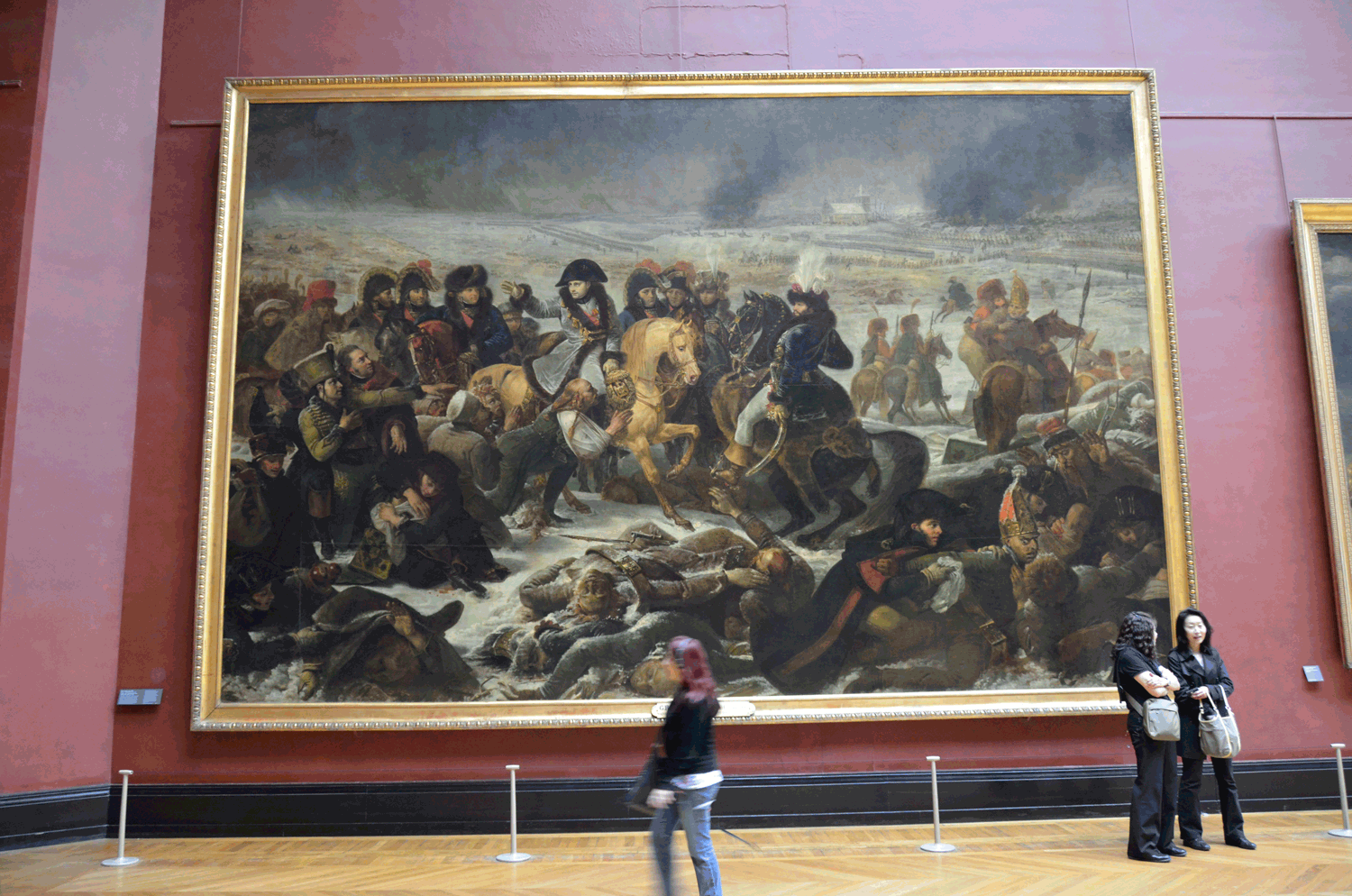
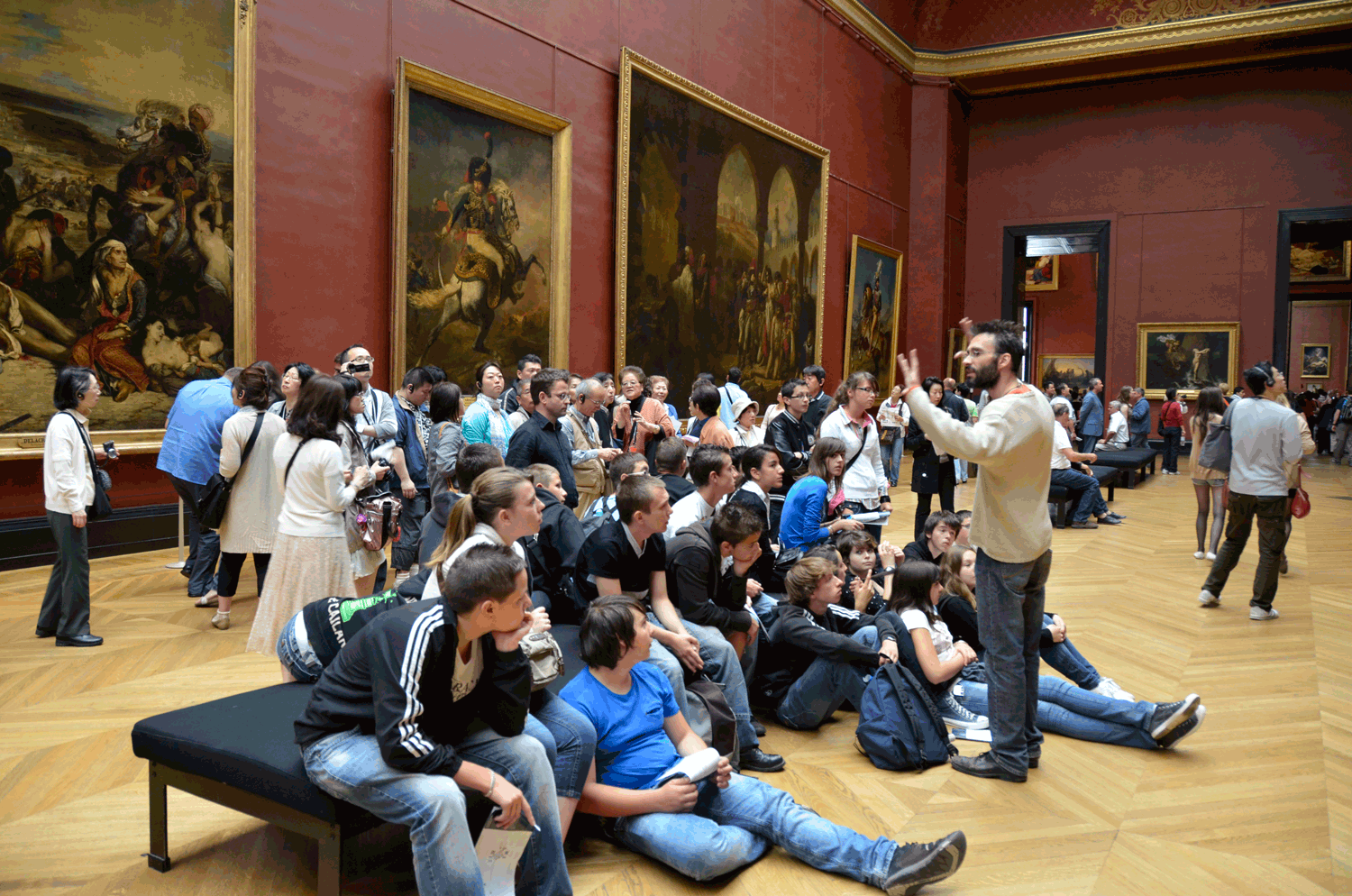
Napoleon on the Battlefield of Eylau [1807]
Paintings are a form of war memorial. However, it should be kept in mind that the artist was often commissioned to record and communicate the battles of war after a competitive process and strict instructions.
This painting, on display at the Louvre, Paris, is an official painting. I have selected this painting as the painter Antoine-jean Gros has depicted the scene with amazing realism and captured the despair and horrors of war. The scene is the morning after the battle at Eylau [East Prussia] when Napoleon and his generals survey the scene from horseback.
In the distance the scale of the battle can be viewed, however, perhaps due to size of the painting the slaughter and agony in the foreground demands attention. Although a painting, the scene is similar to how a photograph would capture an image – there are parts that are outside the painting.
In the image on the right we can see a schoolteacher and his students [and others] discussing the battle and I have selected this image to highlight the importance of paintings as memorials and historical communication tools. Other historical paintings can be seen in the background.
.
.
War related tourism
Smith (1998), an academic pioneer of war-related tourism, describes war as senseless, futile, drastic and how war often leads to other wars; moreover, he proposes that war is a liminal process with 3 time-zones [before war, during war, and after war] and war has a seminal effect on people individually and collectively. However, Smith (1998) also concedes that the growth in [all] tourism is, to some degree, a consequence of the technological advances of aircraft during the second world war, the travel preferences of ex-service personnel in the post-war years, the promotion of destinations through war-related media, and the widespread adoption of the motor car.
War-related tourism is not a new phenomenon (Baldwin & Sharpley, 2009), participation can be traced to the Battle of Culloden (1745), the Battle of Waterloo (1815) and many others since. Participation in war-related tourism increased in the aftermath of both World Wars (Seaton, 1996, 1999, 2002; Winter, 2009, 2019). The First World War was often promoted as ‘the war to end all wars’, tragically, this was not the case; it disrupted social order, motivated future conflict, and impacted all levels of society (Edwards, Hanna, & Lorcin, 2016). The scale of death and destruction; was such, that society demanded the construction of many new war memorials (Gonzalez, 2018). Despite the social tragedy that is war, there is an innate historical interest in war which motivates many to seek war-related tourism activities and motivate host communities to provide war-related tourism attractions (Bigley, Lee, Chon, & Yoon, 2010).
Although there has long been an historical interest in war-related tourism, the years following the Second World War saw an increased interest in war-related tourism (Foley & Lennon, 1996) motivated through media coverage of commemorative events and rituals (Winter, 2009), movies (Auster, 2002; Haggith, 2002), and more recently private images uploaded via contemporary media (Lennon, 2017). This growth in the demand and supply of war related tourism (Biran, Poria, & Oren, 2011; Farmaki, 2013), is such, that war-related tourism is one of the largest tourism niches (Smith, 1998) and provides the economic benefit of “rebuilding or enhancing” host communities (Bigley, et.al., 2010, p.375). Weaver (2000), employing Smith’s (1998) time-zones of war, suggests that war-related tourism appears to follow a demand and supply pattern, however, concedes that, in time and with demand and supply managed, war-related tourism may even produce a ‘war dividend’.
Demand and supply for war related tourism are influenced by push and pull factors (Turnbridge and Ashworth, 1996) push factors, such as – heritage, history, guilt, curiosity, death and dying, nostalgia and pull factors, such as – education, artefacts, remembrance, site sacralization (Yuill, 2003). Increase in demand is attributed to media exposure, the quest for epistemic experiences, the mobility provided by the motor car, and as a method to cope with the complexities of society (Blom, 2000); other factors include an increase in promotion, and word of mouth referrals (Yuill (2003).
oooooo0oooooo
.
War memorials and society
Visits to war memorials are a type of war-related tourism.
Memorials, to our ancestors, appear to be a cultural necessity. Archaeologists working at Göbekli Tepe put forward the view that memorials to honour the dead and pilgrimages to the memorials can be traced to the pre-pottery Neolithic era [approximately 12,000 years ago] and suggest that memorials were essential to the formation of the first sedentary cultures (Schmidt, 2010). War memorials are also ancient and one well-known examples is the Bayeux Tapestry, in Bayeux Cathedral, Normandie, France; an 11th Century memorial of the Norman Conquest of England measuring 7000 cm X 50 cm (Baldwin & Sharpley, 2009) [for safety the Bayeux Tapestry was removed from the Cathedral in 1938 and returned in 1945]. In Western societies, public war memorials are believed to be the most common form of public statuary and range from small village memorials to grand national memorials (Davies, 1993) [see below].
War memorials are places designed, developed, and maintained to honour an implied agreement that those who go to war and give up their lives will be forever remembered by their society – as such, war memorial are places of ‘remembrance’ and, also, places for individuals and societies to grieve (Winter, 2009, 2019). War memorials are also sacred sites for veterans to honour their commitments to fallen comrades and preserve the social memory of their sacrifice (Virgili, Delacour, Bornarel, & Liarte, 2018). Memorial are places of meaning (Tuan, 1979) and may communicate an aura; what Seaton (2009) refers to as auratic atmosphere. War memorials provide a place of reflection for veterans to reconcile the events that shaped their lives (Baldwin & Sharpley, 2009). As such, war memorials contribute to a collective, cultural and social memory and to the formation of national identity (Halbwachs, 1992; Winter 2009; Fitzsimons, 2014; Hall, Basarin, & Lockstone-Binney, 2010). In a broader sense, memorials bring meaning to traumatic events (Edkins, 2003) and help define what it is to be human (Timothy & Boyd, 2006).
War memorials also provide political leaders with a place to communicate with the people, provide a place to remind and reflect on past events and guide future policies (Keating, 2011). Whilst national identity can be reinforced through visits to overseas war memorials a new sense of national identity may emerge where solidarity with a former enemy may result and the acceptance that as humans we have more similarities than differences (Packer, Ballantyne, & Uzzell, 2019).
Given that war memorials provide a place to communicate, educate, and generally move society in a positive (Kotler & Zaltman, 1971, Smith 2002; Wood, 2016) and peaceful direction (Andreasen, 1994) it is therefore not surprising that some scholars present the view that war memorials could be considered within the social marketing genre (Drvenkar, et al., 2015). Other scholars agree (Truong & Hall, 2013) highlighting the social marketing objectives of the United Nations World Tourism Organization [UNWTO]. Given the standing of the UNWTO, it surprising that social marketing is underutilised (Daniel, Bernhardt, & Eroglu, 2009) and worthy of greater attention (Edgar, Huhman, & Millar, 2015). The recognition of the social marketing genre is generally attributed to (Kotler & Zaltman, 1971). It is worth noting that social marketing scholars have long frowned upon employing social marketing for opportunistic commercial gain (Andreasen, 1994), similarly opportunistically promoting products with remembrance events is unacceptable (Koehn, 2018) and subject to strict conditions may require approval prior (Australian Government Department of Veteran Affairs, 2018).
War memorials also attract a degree of cynicism. Cultivating the social memory of war, is perceived, by some, as a selective and self-serving representation (Burke, 1997), due to military authorities restricting photographs or presenting photographs that were ‘officially forged’ and sanitised (Saunders, 2004, p.11) or military camera operators who imposed personal selection and censorship (Haggith, 2002). With respect to war-memorials, social memory may be influenced through a selection of publicly sanctioned historical information to enable members of a society to reconcile the political decisions and the consequences of those decisions (Halbwachs, 1992; Winter, 2009). Some propose that war memorials may be a form of sovereign power where political involvement is camouflaged, where social order is reconstructed, and the nation as the protector is restored and reinforced (Edkins, 2003). War memorials play a role in cultivating a national identity and politically it is suggested that it is often under the pretence of “nation-building” (Fitzsimons, 2014,p. xix) – war memorials may reinforce a national guilt (Lennon, 2017).
Therefore, war memorials communicate what is distinct and distinguishable about a culture (Keillor, Hult, Erffmeyer, & Babakus, 1996). In this sense, a culture is a set of beliefs, values, perceptions, and behaviours; learned by members of society – it is through culture that societal and personal values are formed (Geetz, 1973).
oooooo0oooooo
Some words may require clarification:
Memorial: monument, marker, plaque, cenotaph, remembrance statue .
Monument: marker, cairn, memorial, tablet, shine, sepulcher, tombstone, headstone, tomb, mausoleum cenotaph.
Commemorate: memorialise, remember, celebrate, observe, reverence, revere, venerate, pay tribute, salute.
The influence of values
If we consider the influence of values on tourist decision making; it is likely that travelling to war memorials may not be congruent with the personal values of all tourists. Furthermore, what is sacred to one person may not be sacred to all people (Belk, Wallendorf, & Sherry, 1989). Widing, Sheth, Pulendran, Mittal, and Newman (2003) propose a hierarchy of values with each value having an influence on the buyer decision process; the three values are: Human values [that all people share]; Cultural values [that members of a society share]; and Personal values [that an individual has adopted]. Therefore, as Kluckhohn and Murray (1953) proposed in their seminal work on personality – we are like all other people, some other people, and no other person. Therefore, it is likely that different people will experience a visit to a war memorial through their own values (Turnbridge & Ashworth, 1996). This view is echoed by Bond and Falk (2013) who put forward the view all travel decisions are directed towards the satisfaction of an ideal self-identity. Nevertheless, it should be considered that although some travel decisions will be autocratic decisions others will be syncretic decisions and the needs of others must be considered and accommodated (Decrop, 2005; Shaw, Havitz, & Delemere, 2008). Syncretic travel decisions may be influenced by family life cycle needs (Fodness, 1992; Mottiar & Quinn, 2004), including children (Filiatrault & Ritchie, 1980), couples (Nichols, & Snepenge, 1995), seniors (Zimmer, Brayley,& Searle, 1995) and extend to the negotiated needs of informal groups [e.g., acquaintances] and formal groups [e.g., organised travel groups] (Bohlmann & Qualls, 2001).
Mindful of the types of values and the role of culture, it is often the responsibility of curators of heritage sites to present an authentic historical representation of the events rather than cater to the purely commercial interests and/or political interests (Henderson, 2000; Hennes, 2012; Ashworth & Isaac, 2015). Clearly, memorial tourism plays a role in the evolution of societal attitudes. Furthermore, it should be recognised that an objective of those investing public funds in war memorials is, perhaps, to create a collective awareness, cultivate a social memory, and cultivate a national identity (González, 2018). Interestingly, Saunders (2004) proposes that since the 1970s and with first-hand social memories of the First and Second World Wars fading, the study and presentation of war history became increasingly archaeological, anthropological, and educational; this approach coincided with a significant change in the way societies consider the history of war. This archaeological and anthropological approach is evident in the interactive educational experiences at memorials such as the National Anzac Centre, in Albany, Western Australia. Increasingly, technology is employed to extend the virtual space within the exhibition; to create an experience that is a blend of old and new (Powell, Kennell, & Barton, 2018) and to virtually reconstruct the past, perhaps, to appeal to a younger audience (Nocerino, Menna, Toschi, Morabito, Remondino, & Rodríguez-Gonzálvez, 2018).
oooooo0oooooo
.

‘have your say’ polls are polls that have been conducted within this web-site.
The objective is to allow visitors to express ideas and opinions relevant to the topic. The polls may explore emergent themes, test an assumption, and sometimes ask a question just out of curiosity. When a target number of participants has been achieved the poll will be published. Your thoughts are encouraged – if you wish to express an opinion on any issue raised on this page then please feel free to email the author – yoursay@themarketingconcept.com all correspondence will be strictly confidential.
Previous ‘have your say’ polls indicated:
-
-
- 17%of visitors were likely to visit a war-related tourism site as their primary reason for travelling
- 77%of visitors were likely to visit a war-related tourism site if they were in the area and convenient
- 6%of visitors were unlikely to contemplate visiting a war-related tourism site.
- 100%of visitors indicated that their values [human, cultural, and personal] would influence their intentions to visit [or not visit] a war-related [memorial] site.
-
.
War memorials and place considerations
The location of war memorials is important. Memorials located at the battlefield are referred to as in situ memorials, whereas, memorials located away from the battlefields, such as those in villages, towns, and cities, are classified as created memorials (Lennon, & Foley, 2000). The Normandy American Cemetery and Memorial could be classified as an in situ memorial as it is adjacent to the D-Day beaches of and battlefields of Normandy where the U.S. service personnel died and were buried. The National War Memorial in Wellington, New Zealand is a created memorial. Cohen (2010) proposes that a third classification ‘in populo memorials’ where the memorials is placed where there is a connection to the people. The National Anzac Centre, in Albany, Western Australia could be classified as in populo memorial as it is placed at the barrack and point of departure for service personnel leaving Australia for the First World War. Regardless, of the location of the memorial, Miles (2002) argues that authenticity of place is required to produce an authentic sacred context. Therefore, it would be worthwhile to consider locational authenticity as a continuum with inauthentic – authentic end points. This is an important consideration as memorials that are inauthentic and commercially opportunistic could be classified as a fourth category – fake war memorials.
oooooo0oooooo
Place marketing
Place marketing was recognised by Kotler (1993); his seminal paper discussed how the genre of place marketing could adapt the principles and practices of marketing to attract visitors, stimulate economic activity and to provide an a satisfying experience for tourists and channel partners. Given the economic and social benefits of place marketing and the experiential nature of tourism this topic has attracted considerable and wide academic attention.
In our day to day communications place is employed to communicate a material and/or non-material location or position. However, place has a meaning beyond implying a location (Tuan, 1979) and there are the many contexts where the word place is employed. Therefore, it is worthwhile to summarise how place is defined. According to the Oxford Dictionary place may be a noun a place [a location, a position] or a verb to place [to locate, to position].
As a noun: place may be employed to communicate a location, site, position, home, shop, area, locality, neighbourhood, precinct, district, village, city, region, country. However, place may also communicate a position as standing, status, grade, rank, job employment and, furthermore, communicate a situation, circumstance, condition.
As a verb: place may be employed to locate, to assign a position, to indicate a rank, to identify a hierarchy, to relocate, to invest money.
Therefore place can be:
Place can be a dominant or determinant product component. Place has qualities that create value for all parties. Place may be a material or non-material site. Place is a setting in which the product may be selected and/or delivered. Place can be natural or man-made. Place is an idea that identifies the provenance of the product. Place can also be the product’s position relative to other products.
War memorials are semiotic places
War memorials are created places rich in semiotics and places of rituals and symbols and communion. In addition, war memorials are places that bond a society and communicate a collective social memory. The landscaping of war memorials communicates that from the chaos of war emerges order through the careful selection of plants, the symmetry and formality of the gardens and features.
oooooo0oooooo
.

‘have your say’ polls are polls that have been conducted within this web-site.
The objective is to allow visitors to express ideas and opinions relevant to the topic. The polls may explore emergent themes, test an assumption, and sometimes ask a question just out of curiosity. When a target number of participants has been achieved the poll will be published. Your thoughts are encouraged – if you wish to express an opinion on any issue raised on this page then please feel free to email the author – yoursay@themarketingconcept.com all correspondence will be strictly confidential.
A previous ‘have your say’ poll indicated:
-
-
- 74% of visitors to this platform stated that their travelling has been influenced or is likely to be influenced by movies.
-
movies & place
Saving Private Ryan
In recent years, war-related tourism has experienced increased media attention and, as a consequence, experienced substantial visitor growth – to the extent that at the turn of this century it has been estimated that war-related tourism is the highest single tourism niche within place marketing. War-related tourism includes visits to battlefields, war cemeteries, memorials, and museums. As we explore this tourism niche, we will briefly look at how another niche – movie inspired tourism – has influenced war-related tourism – we will discuss the movie Saving Private Ryan.
Television, cinema, and contemporary media influence social memory and national identity. Nevertheless, such is the influence of movies, that ‘actual history’ may be erased and replaced by a ‘movie history’ (Smith, 1972; Lennon, 2018).
In this brief description we will explore the movie – Saving Private Ryan, a movie directed by Steven Spielberg and written by Robert Rodat. The key characters are Tom Hanks and Matt Damon who were obviously cast with care.
The opening scenes introduces viewers to the Normandy American Cemetery & Memorial near Colleville-sur-Mer, France, where a yet to be identified elderly World War II veteran makes a pilgrimage to the grave of a yet to be identified fallen US soldier. This scene dramatically transforms to a graphic depiction of the D-Day battle on Omaha Beach, which is adjacent to the Normandy American Cemetery. Only those who have visited the Normandy American Cemetery and Omaha Beach can gauge the degree of contrast between the actual images taken on that day, the scenes depicted by Spielberg, and the spiritual tranquility and beauty of the cemetery today.
The movie follows the experiences of the war weary and cynical group of soldiers, lead by Captain John Miller [Hanks] as they follow orders to find and safely return Private James Ryan [Damon], amidst the chaos of the Battle for Normandy. The orders, based on a true story, come from General George Marshall who is disturbed that Ryan’s three brothers have been killed in action. The final traumatic scene is where a dying Captain Miller, begs Ryan to live a good life and earn the sacrifice of all those who died saving him – “James… earn this. Earn it”. We are then transported back to the Normandy American Cemetery where the grave is identified as that of John Miller and the veteran is James Ryan – who is surrounded by his wife and family.
Unlike some Hollywood movies – often with deliberately cast actors, Spielberg and Rodat portray the futility and chaos of war, they express an environment where individuals are statistics and a their death is a means to an end – the greater victory.
Through the movie Saving Private Ryan the National American Cemetery and Memorial and the battlefields of the Normandie region of France have been introduced to many. Regardless of the visitors motivations – the significance of war tourism should not be overlooked.
oooooo0oooooo
.
Memorial tourism as a product
Generally, a tourism product is high in customer involvement and is a vehicle for consumers to meet their dreams, desires, and demands. An interesting tourism characteristic is that from a consumer’s perspective the tourism product is rarely one consumption activity, more often, it is a composite (Middleton,1994) of selected and distinct total products (Kotler, 1969) that come together in the consumer’s mind as one consumption activity (Fanning, 2019). Through the consumer selection of total products the consumer becomes a co-producer (Vargo & Lusch, 2004) of the aggregate tourism product. The buyer decision process for an aggregate product involves the selection of the right mix of total products, undertaking an expanded cost-benefit-risk analysis, forming aggregate expectations, experiencing each total product, the post-purchase evaluations of satisfaction, and, post-purchase behaviour.
Although some perceive tourism to be a “discipline that is slippery and evasive” (Hooper, 2017, p.1) and this may frustrate marketing scholars, students, and practitioners – it should be considered that tourism research also attracts the interest of non-marketing scholars, geographers, sociologists, historians and others (Paterson, 1995). Moreover, individual scholar will primarily explore any given topic through the concepts and theories of their discipline. Nevertheless, from a marketing perspective, tourism is important socially and economically and is academically challenging as it is complex, broad, and evolving with many genres and niche areas (Kotler, 1994; Middleton, 1994;Cutler & Carmichael, 2010).
It should be noted that his exemplar is presented from a marketing scholar’s perspective.
The tourism product
According toBoulton & McLoughlin (2012) the Grand Tour was a rite of passage for wealthy graduates in the eighteenth century, often it was considered as a reward, a source of further learning, and a time to experience the finer things of life; those undertaking the ‘Tour’ were referred to as tourists, they returned home with a higher social status, a network of connections; the experience was referred to as tourism.
Tourism, from a consumer’s perspective, is rarely one consumption activity, more often, it is a composite (Middleton,1994) of selected and distinct total products (Kotler, 1969) that often come together in the consumer’s mind as one consumption activity (Fanning, 2019). Through this selection and rejection and participation the consumer becomes a co-producer (Vargo & Lusch, 2004) of the aggregate tourism product. The buyer decision process for an aggregate product involves the selection of the right mix of total products, undertaking an expanded cost-benefit-risk analysis, forming aggregate expectations, experiencing each total product, the post-purchase evaluations of satisfaction, and, post-purchase behaviour. Today, a tourism product is high in customer involvement and is a vehicle for consumers to meet their dreams, desires, and demands.
Although some perceive tourism to be a “discipline that is slippery and evasive” (Hooper, 2017, p.1) and one that may frustrate marketing scholars, students, and practitioners – it should be recognised that tourism research also attracts the interest of non-marketing scholars, geographers, sociologists, historians and others (Paterson, 1995). Moreover, individual scholar will primarily explore any given topic through the concepts and theories of their discipline. Nevertheless, from a marketing perspective, tourism is important socially and economically and is academically challenging as it is complex, broad, and evolving with many genres and niche areas (Kotler, 1994; Middleton, 1994; Cutler & Carmichael, 2010).
oooooo0oooooo
Death as a dichotomy
Given the complexity, breadth, growth, and the influence of marketing scholars, it seems natural that there is a tendency to dissagregate tourism (Novelli, 2005) and like marketing genres and niches there are a number of tourism genres and niches (Tarlow, 2005).
Some death-related tourism scholars portray death as a dichotomy; on one hand, they suggest, ‘ordinary death’ is quarantined from mainstream discussions and when referred to – it is in clinical terms, whereas ‘extraordinary death’ becomes a filter for society to consume and discuss death (Walter, 2009; Stone 2012; Pratt, Tolkach, & Kirillova, 2019). Death related tourism is often viewed as purposeful visits to places historically associated with death (Foley & Lennon,1996; Pratt, et al., 2019) some suggest that that narratives of the dead may play an educational role in society (. Including the search for relatives that have been the victims of historical events (Ashworth, 2002; Kidron, 2013). The use of ‘historically’ is important as it indicates extraordinary death and places that have historical significance – death-related tourism does not focus on the ordinary (Walter, 2009). Tourism involves the liminal process of leaving home in search of epistemic experiences, this enables tourists to interpret ‘extraordinary death’ with at a distance from their everyday natal culture and values (Pratt, et al., 2019).
A special issue of the International Journal of Heritage Studies in 1996 created awareness for and interest in dark tourism and thanatourism. Within this special issue, Foley and Lennon (1996b, p.198) defined dark tourism as “the presentation and consumption (by visitors) of real and commodified death and disaster sites”. Whereas, Seaton (1996, p.240) defined thanotourism as “travel to a location wholly, or partially, motivated by the desire for actual or symbolic encounters with death, particularly, but not exclusively, violent death”.
Thana is the Greek for death – thanatology is the scientific study of death. Thanatopsis, according to Seaton, (1996, p. 235) is the ‘contemplation’ and ‘communication’ of our own death, the death of those close, distant and historical. A Wikipedia search reveals the word thanatopsis first appeared as the title of a nineteenth century poem by American William Bryant.
Given that death is a consequence of war, some scholars have categorised war-related tourism and the visitations to battlefields, cemeteries, and memorials as death-related tourism. However, war is not the only way to die and other forms of death are also included (Sharpley & Stone, 2009) the result is broad and complex (Stone, 2013) with a number of niche areas. Some categorise war-related tourism as dark tourism ( Foley & Lennon, 1996: Stone, 2006; Lennon & Foley, 2002; Walter, 2009; Sharpley & Stone, 2009; Stone, 2011; Stone, 2012); others categorise war-related tourism as thanatourism (Seaton, 1996, 1999; 2002), other scholars have categorised war-related tourism as black spot tourism (Rojek (1993), as morbid tourism (Blom, 2000), as atrocity heritage (Beech, 2000) and holocaust tourism (Thurnell-Read, 2009).
From an academic perspective the scope of dark tourism sites has increased in recent years, for example: . For example: American Civil War (Smith, 1998); Gallipoli, (Slade, 2003); DMZ Korea (Bigley, et al., 2010); Battlefields of Vietnam, Henderson, 2000); Thai-Burma railroad (Lennon, 2018); Holocaust Museums (Lennon & Foley, 2000; Gross, 2006; Thurnell-Read, 2009; Kidron, 2013; Podoshen, & Hunt, 2011; Stone, 2012;. Dalton, 2020); Slavery in Ghana (Mowatt & Chancellor, 2011); Berlin Wall (Stone, 2011); Ground Zero: New York (Stone, 2011), The Charles Manson – Helter Skelter tour (Podoshen, Venkatesh, Wallen, Andrzejewski, & Jin, 2015); J. F. Kennedy assassination sites, Dallas (Foley & Lennon, 1996b); Elvis Presley, Gracelands (Stone & Sharpley, 2008); Princess Diana’s grave (Sharpley & Stone, 2009).
There are differing academics opinions within dark tourism and thanatourism debate; some prefer the more frequently employed term ‘dark tourism’ (Yan, Zhang, Zhang, Lu, & Guo, 2016), some prefer thanatourism and highlight that ‘dark’ is vague and has negative connotations (Johstone & Mandelartz, 2016), some suggest that dark tourism and thanatourism both lack respectability (Powell, et al., 2018; Gonzalez, 2018). There is another argument that tourism, in general, is a continuum of opposites ‘dystopia – utopia’ and dark tourism provides society with dystopian warnings, propagates dialogue, communicates an important social message, and preserves a ‘dark social memory’ of tragic and horrific events of historical significance (Podoshen, et al., 2015) often presented through photographic evidence of atrocities (Lennon, 2017).
Sharpley and Stone (2009) note that the combination of dark + tourism is interesting as ‘dark’ suggests grief whereas ‘tourism’ is associated with pleasure or hedonic pursuits. Miles (2002) suggests that dark tourism has parameters of death, disaster, and depravity, reveals a dark tourism continuum with dark – darker – darkest experiences as reference points. Stone (2006) provides examples of dark tourism [arranged dark to darkest – dark fun factories; dark exhibitions; dark dungeons; dark resting places; dark shrines; dark conflict sites; and dark camps of genocide].
Light (2017) suggests that a literature review would suggest that the terms are employed interchangeably, however, there are noticeable similarities and subtle differences; dark tourism is more focused on the presentation and representation of death as part of an exchange, whereas, thanatourism is more focused on the motivations for visiting such sites. The similarity was evident to Seaton (1996) who argued for the renaming of dark tourism as thanatourism, however, Stone (2013, p. 310) later responded by proposing that thanatourism is a “scholarly sister” of dark tourism.
Although much work has been undertaken, some tourism scholars acknowledge that within the dark tourism and thanatourism literature there are theoretical inconsistencies and a lack of consensus (Gonzalez, 2017). This inconsistency and lack of consensus is evident when undertaking a literature review as war-related tourism may be categorised in a variety of different niches. Therefore, it is not surprising that some scholars caution against the proliferation of emerging niche topics, arguing that this creates confusion and contributes little value (Turnbridge and Ashworth, 2017) and that there is a recurring view that the discipline is “theoretically fragile and poorly conceptualised” (Biran & Hyde, 2013, p.191).
Moreover, Gonzalez (2018) argues that whilst memorial tourism must meet the economic development objectives required of tourist destinations, it is quite different from dark tourism and thanatourism in that there are also educational objectives and to ensure that we learn from the past and create an accurate social memory of historical events. However, Lennon (2017b) argues that dark tourism may play an important role in shaping and preserving the social memory of unacceptable events and through preservation of the events they event may become a social reference point that determines future behaviour.
For some visiting war memorials is about a sense of discovery, about going beyond the ‘storytelling’ to develop an authentic national identity and this is hardly dark tourism or thanatourism (Slade, 2003; Packer, et al., 2019), we could conclude that not all visitors to memorials are dark tourists or thanatourists.
The dark side of consumer behaviour
This criticism of dark tourism as vague and having negative connotations and some commenting that it is ‘vulgar and tactless’ (Hooper, 2017, p.3] may be justified as consumer behaviour scholars have long labelled sites of cultural significance and part of the social memory as sacred and have associated ‘dark consumption’ with characteristics such as devient behaviour, consumer terrorism, addictive consumption, compulsive consumption, people as commodities, illegal and immoral activities (Solomon, Russell-Bennett, & Previte, 2019).
There are other scholars who argue that “dark tourism represents a more banal and empty practice” whereas memorial tourism is a reflective experience and communicates a social message of peace – therefore there are different genres of tourism (Gonzalez, 2018, p.54). The question for future researchers is to determine whether war-related tourism and memorial tourism should be associated with the dark side of consumption. Furthermore, tourism scholars in this area need to go beyond discussions on what is the most appropriate terminology and incorporate the theory and concepts of marketing to ensure that the consumer is given adequate representation within the literature.
oooooo0oooooo
Guest insight
Our guest is Brett Hidler – Offering his insights on ANZAC Day in general and then ANZAC Day 2020 when memorial services were cancelled due to the COVID-19 virus. This insight demonstrates how preserving ‘family memory’ is a form of preserving ‘social memory’. Thank you Brett.
My thoughts on ANZAC Day are similar each year. Remembering
My grandfather fought in France in WWI (wounded in action). My uncles fought in the South-west: Pacific (Rabaul, New Britain, Darwin…). My father was conscripted to National Service in the RAAF, Korean War (not deployed).
Last year my daughters were on a school music tour of England and Belgium forming part of the orchestra, classical guitar ensemble and both choirs. They sang at the Menin Gate ceremony of April 24 and brought many attendees to tears. At the end, the Australian colonel in charge (I think it was) told them it was the most moving ANZAC ceremony he had ever attended. Ex-Vietnam veteran and retired state politician, Graham Edwards, also in attendance, invited representative students to the parliament dining room to join him for lunch on their return to Perth. The next morning at 4:30 am, the orchestra performed during the wreath laying ceremony in light rain at the ANZAC service of Polygon Wood in Ypres.
I have quietly ensured that my children understand the heritage of the blood that runs through their veins and they are proud, but somewhat awed, by what their ancestors did. They are proud to be Australian for this reason, on top of many others, and understand the price which has been paid for our freedom and democracy. They have a deep sense of belonging to their country and an equal sense of responsibility to honour the past by also striving to be their best as a result of the ANZAC legend from then until now.
ANZAC Day brings us closer together as a family in a quite profound way and links us to the people of Europe as well as our fellow Australians and New Zealanders. This morning at 6 am, 25th of April, 2020 one of my daughters read the Ode of Remembrance, the other played the ‘Last Post’, and, after a minute’s silence, played ‘Rouse’ while I stood beside them on our driveway . Thinking: I may be of the first generation in our family for over a century not to have to go away and fight …thanks to those who went before me.
My responsibility: Ensure that I prevent or help reverse, to the full extent I can imagine, the erosion of our freedoms from within so that our riches, bought with so much blood, are never lost.
Guest insight
Our guest is Mike Hamilton – Offering his insights on memorial tourism is one of Australia’s most experienced news and current affairs video journalists and documentary producers. This insight demonstrates that who we are and our values will influence our attitudes to memorial tourism and the types of war memorials. Thank you Mike.
“You know I cannot for the life of me understand why tourists plunge into the tunnels that the Viet Cong built for their war. But I have been to Culloden, just to stand there and ‘feel the spirit’ of the field . But that’s part of my history . And then there’s the village of Oradour-sur-Glane where I would visit to remind myself of the horror and sacrifice of war. And again attempt to feel the fear as the Germans attacked. But as a child we had our own war memorials, the bomb sites of London, holes in the forests on the South Downs where my mother told me of the night a Lancaster crashed. And of course the letters and diaries of the people who were there.
As for Auschwitz I could not go there. Being known as an Anglo/Jew, (raised Anglican, Jewish mother etc) and only two years ago involved in a conversation where two colleagues agreed not enough Jews were killed – I would find it too confronting.
So why would I go to a war memorial? – I read the names and try to connect with young men who died. Young men who never experienced the joys of youth. Their legacy is our freedom and all they are now is a name on a marble cenotaph and a family’s photograph and word of mouth stories.
It was D. H. Lawrence who when he visited Australia noted even the smallest town had a war memorial. Many small cenotaphs in the main street with the names of the dead from the Great War. Some towns have parks as their memorial, others like Ballarat have magnificent Avenues of Honour trees, there’s a small school in Hawthorn Vic’ that has its own Avenue of Honour, six trees.
There are a few towns in Queensland that refused to list Indigenous soldiers names on their memorials. A stain upon the character of the people. As for the Kokoda Trail trek, I find it disrespectful. In my opinion it’s reality TV fodder, a theme park. The men who fought so hard in the worst of conditions with fear, death and impossible odds are now being remembered by us as a bumper sticker, “I climbed Kokoda’. The annual Gallipoli Pilgrimage is of great significance to many, but that too is in danger of “I’ve been to Gallipoli”.
To me visiting a war memorial is not taking part in a bus tour, a guide filling in the gaps of the history that nobody cared for, it’s solitude, meditation and lingering while I try to drift into the spirit of the the moments these poor souls were killed.”
oooooo0oooooo
Guest insight
Our guest is Dario Strittmatter – Our guest’s comments highlight that when we consider war-memorials – we should consider how other cultures may see the same topic quite differently. Over the years, the author has met many fine German people and count a number as friends, I would try to avoid any conversations regarding the events of the Second World War. In this guest insight we can see how one German national provides an insight to a sense of national remorse and how his school and father discussed the events through a desire that this event should never happen again. This highlights that one role of war-memorials is to educate and to create an authentic social memory, therefore, an accurate attribution of causes and discussion of the events leading to the conflict is required.
Exploring ‘war tourism’ is definitely a controversial discussion involving ethics, values and reflection but also ethnics and personal involvement. Personally, I think it should not be overlooked and is worth a thorough evaluation.
In Germany, I have visited several war memorials. When in high school, I remember going on an excursion to the concentration camp in Dachau. A very distinctive experience that was unreal and hard to understand. How could my country and the people in it let these things happen?
I also remember my Dad taking me to a war memorial, Memorial Hartmannswillerkopf, in France when I was 16 years old. From my point of view, a particularly higher impact is generated at war memorials on specific ground that serve as a reminder of what happened and never shall happen again – for example the concentration camps or Normandy.
For me as a German national, visiting WWII memorials always involves a sense of remorse about the cruelties of war and trigger a feeling of discomfort – especially when we see that the world and its leaders haven’t been learning much. These are all reasons why I don’t particularly enjoy going to war memorials in general and they are not on my holiday bucket list. However, I certainly will take my daughter to Dachau when she will be a bit older. Just as a reminder of history, what we can learn from it for a better future, how it is still affecting today’s politics and why ethics are so important. War memorials, for us as a family, are places of reflection and education.
oooooo0oooooo
Guest insight
Our guest is Dr Greg Willson – With a background as a marketing and tourism lecture, and a PhD in a related area, Dr Willson offers his personal insight on memorial tourism. He views visits to memorials as respecting and connecting with the past and as a seminal and spiritual event that helps people grow beyond materialism. Thank you Greg.
I believe, that for many people, visiting war monuments or sites where battles took place, may be an example of legacy tourism and spiritual tourism. For many, we have grandparents or great grandparents that fought in various wars; we travel to these places to learn more about their sacrifice, their courage, and to try and put ourselves in their shoes – to imagine what they must have endured. This experience builds a connection between us and previous generations. It is argued that every human is spiritual and that spirituality involves a human being’s search for meaning, transcendence and connectedness in life. Through experiencing war tourism, we can build perspective in our life, we can change our outlook – I have talked with tourists previously that have taken their children to war tourism sites because they felt trapped in a materialistic lifestyle and felt that they needed to teach their children certain values, values that they felt cannot be experienced in the modern world. The transcendent element of war tourism (that is, the ability to experience growth and to view life from different perspectives) is significant. One cannot visit, for example, Hiroshima Peace Memorial, and not experience something deeply moving – deeply spiritual, and potentially life-changing. There is a spiritual energy in certain places – places where you feel the weight of history and humanity.
oooooo0oooooo
Guest insights
Our guest is Professor Ross Dowling, OAM. Ross is one of the world’s leading tourism authors, key note speakers, and educators. He is an active member on a number of not-for-financial profit and corporate boards. In this guest insight he provides his comments on study tours that he has conducted to Borneo. Ross provides some background, and then discusses how for many students this trip was a significant and transformational event in their lives.
“As an educator, when I reflect on war memorials is the seminal influence on the lives of students.
Over a period of 15 years I have taken Tourism Students from Edith Cowan University, Perth, Western Australia, to the island of Borneo on Study Tours. One of our primary reasons for these tours is to visit the Australian Prisoner of War Memorial Camp site in Sandakan, Sabah, Malaysian Borneo.
The story of the Australian and British Prisoners of War (POWs) held at the camp during the second half of World War II is salutary. After the fall of Singapore to the Japanese in February 1942, many Australian and British POWs were brought to the town of Sandakan, in the region then known as British North Borneo. The POWs were forced to build a military airstrip in harsh conditions. Between January and August 1945, within sight of the end of the war, approximately 2,400 PoWs were killed as the Japanese moved them 260 km west to a town called Ranau. On the infamous Death Marches, about 500 prisoners died. The others died either at Ranau or at the camp site in Sandakan. Of the initial 2,400 prisoners, only six of them survived. This is one of the worst atrocities against Australians in our history.
Today the camp site is known as Sandakan Memorial Park. It was established in 1986 by the Australian Government and Returned Services League (RSL). Today it is managed by the Office of Australian War Graves. On a number of occasions I have taken my Australian and International students to visit the Memorial Park. Sometimes these visits have been made to coincide with the annual Dawn Service on ANZAC (Australia and New Zealand Army Corps) Day, held on 25 April each year. This is the day on which Australians and New Zealanders remember the sacrifice of those who have died in the war.
My students who visit the Park and / or take part in the Dawn Service, have an emotional reaction as they learn about the horrors of war, the sacrifices that were made, and the massive loss of life both at the Camp Site as well as on the Death Marches. They are also challenged by the fact that many of the soldiers who died were either the same age or not much older than themselves. I have witnessed students breaking down in tears as they read about the horrors of the camp whilst others retreat into stunned silence as they reflect upon the enormity of what they are reading. Every reaction is different but incredibly profound.
Once we visited on the 5th Anniversary of 9/11. On this particular visit, the student group was so moved by what they had seen that they moved to a quiet corner of the Memorial Park and held their own service to reflect on the ravages of war and terror and affirm their mutual stance against such things.
All of the students I have taken to the Park are affected by the deep significance of the site and what had taken place there. I would suggest that for many it was a spiritual experience which left a lasting impression on their lives. For me, the visits to the Memorial Park and my witness of the way in which it which impacted the students, has left no doubt in my mind that Memorial Tourism is an especially potent, engaged form or tourism leaving the visitor challenged, emotional and changed forever. In this way it is transformational and leaves a lasting legacy on the visitor. In this way Memorial Tourism deserves far more attention by tourism educators and travel providers. Today, whenever I meet with former students who accompanied me on one of our visits to the Sandakan Memorial Park, they always pause to reflect on the impact of their visit there and what it has meant to them since. This is the legacy of Memorial Tourism.”
oooooo0oooooo
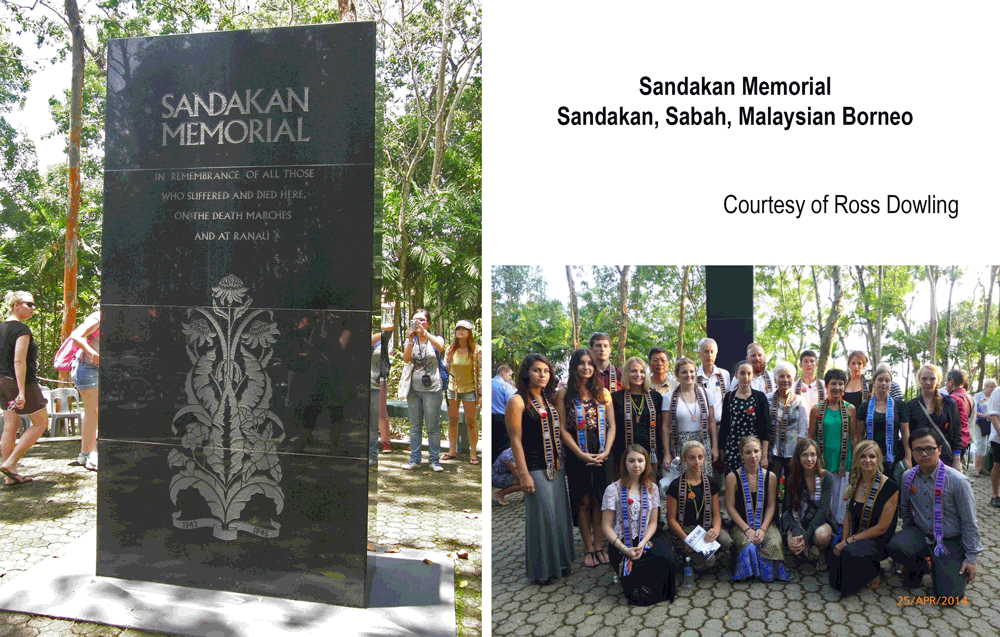
Places that remember the Anzac legend
.

